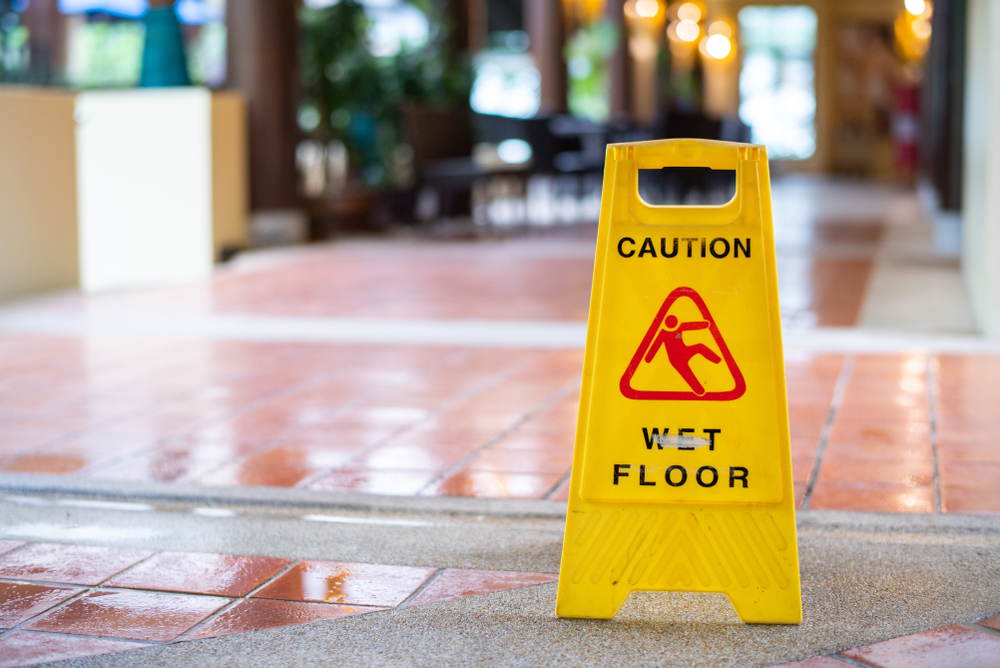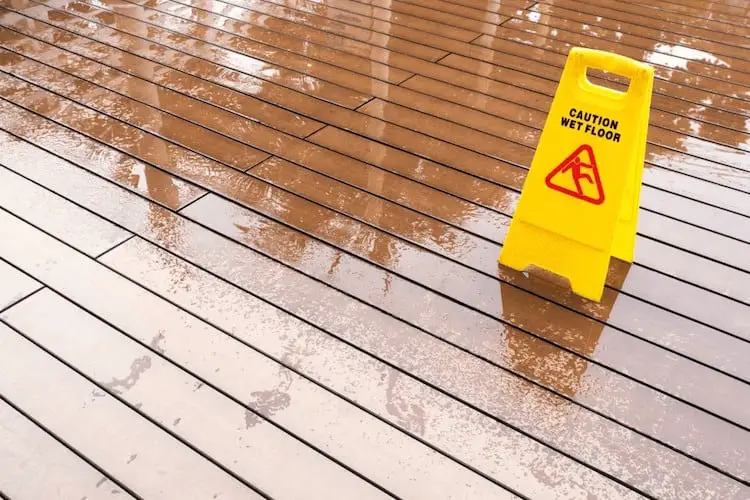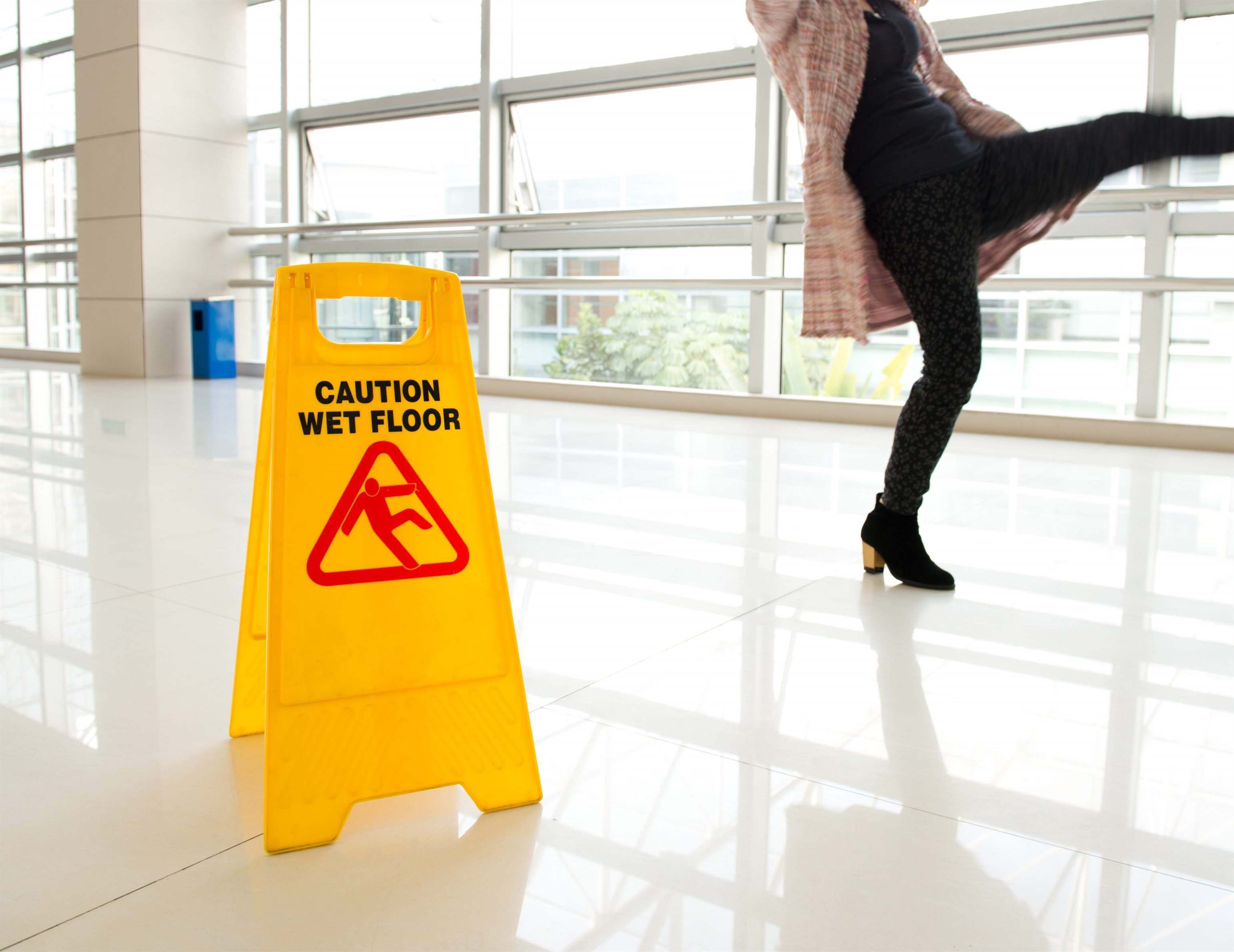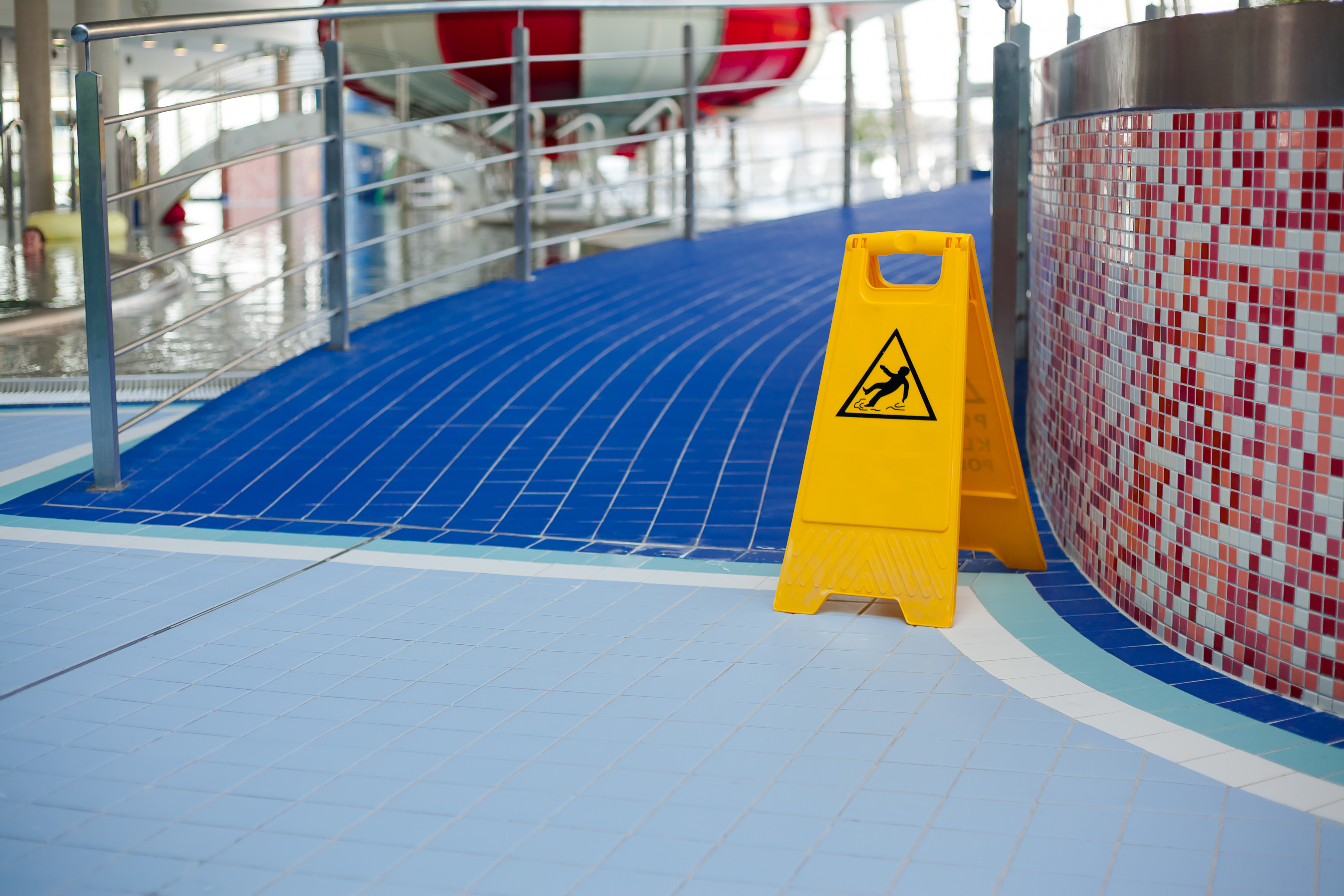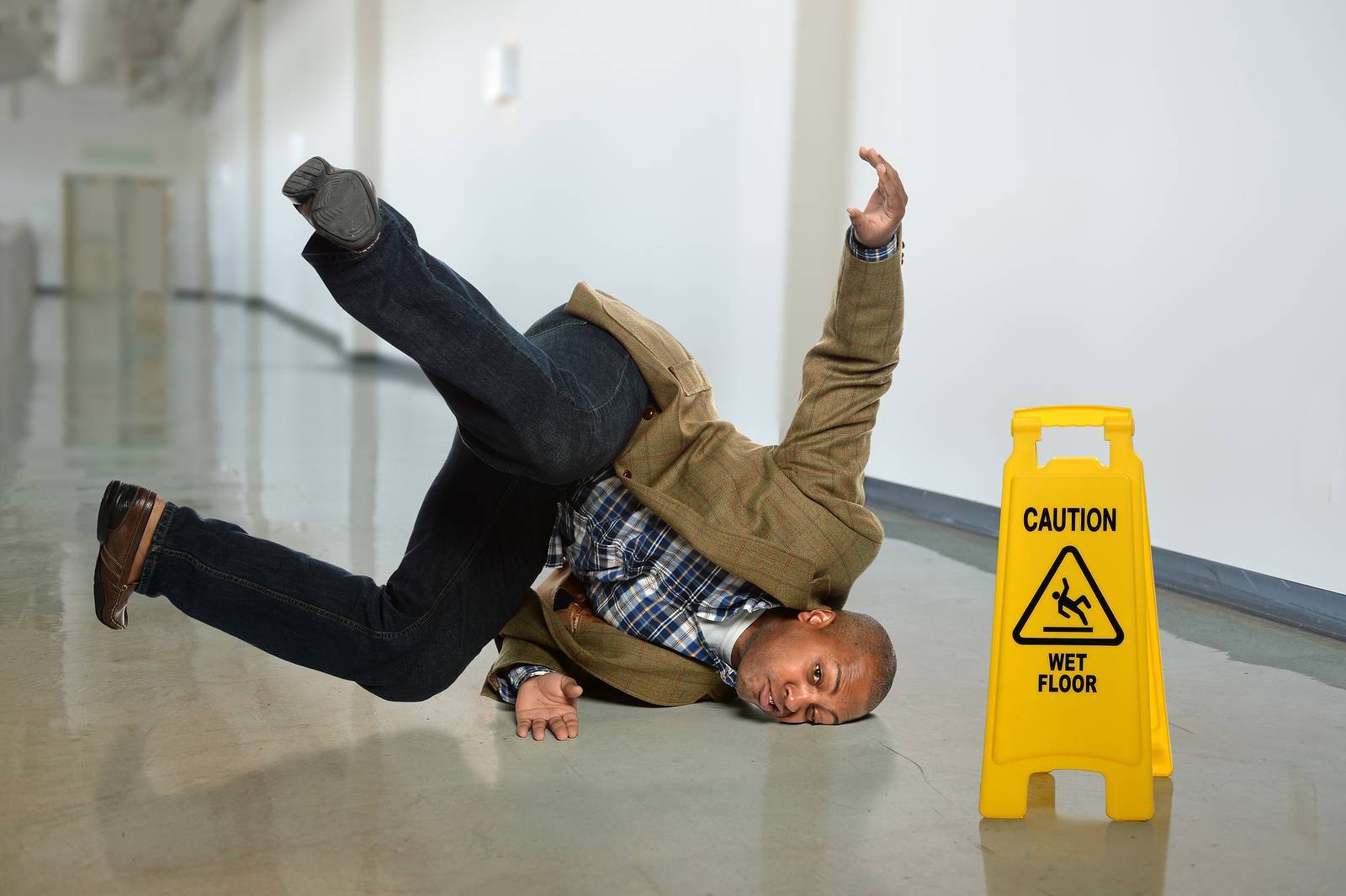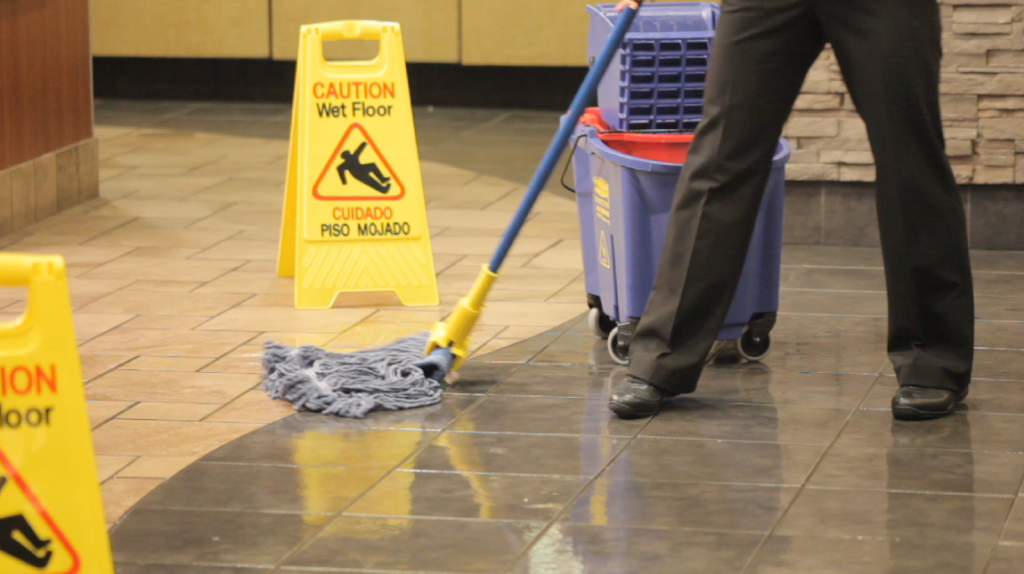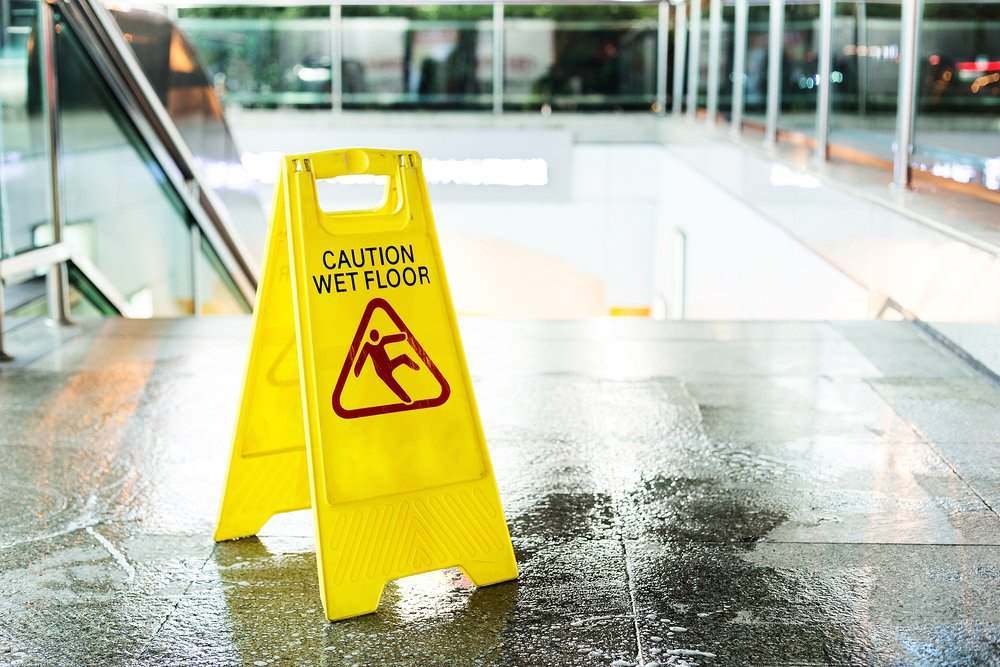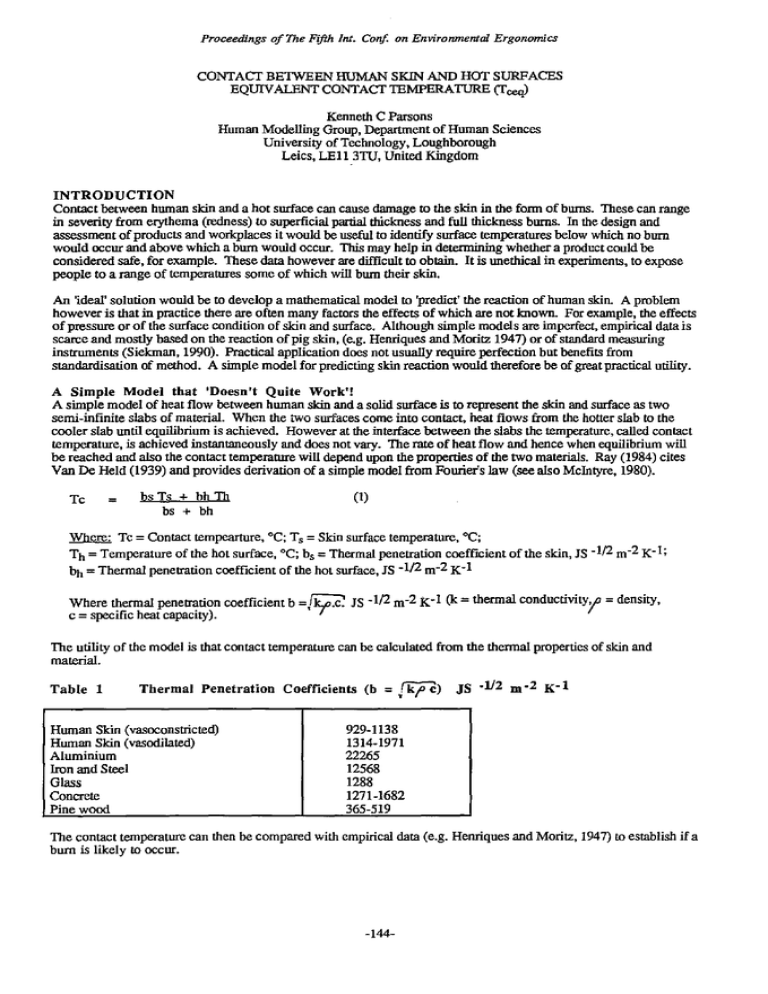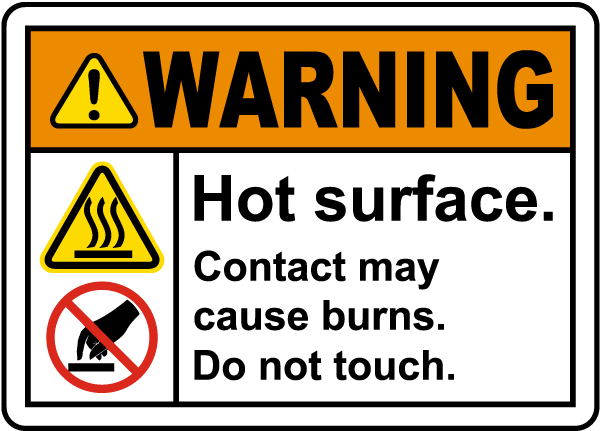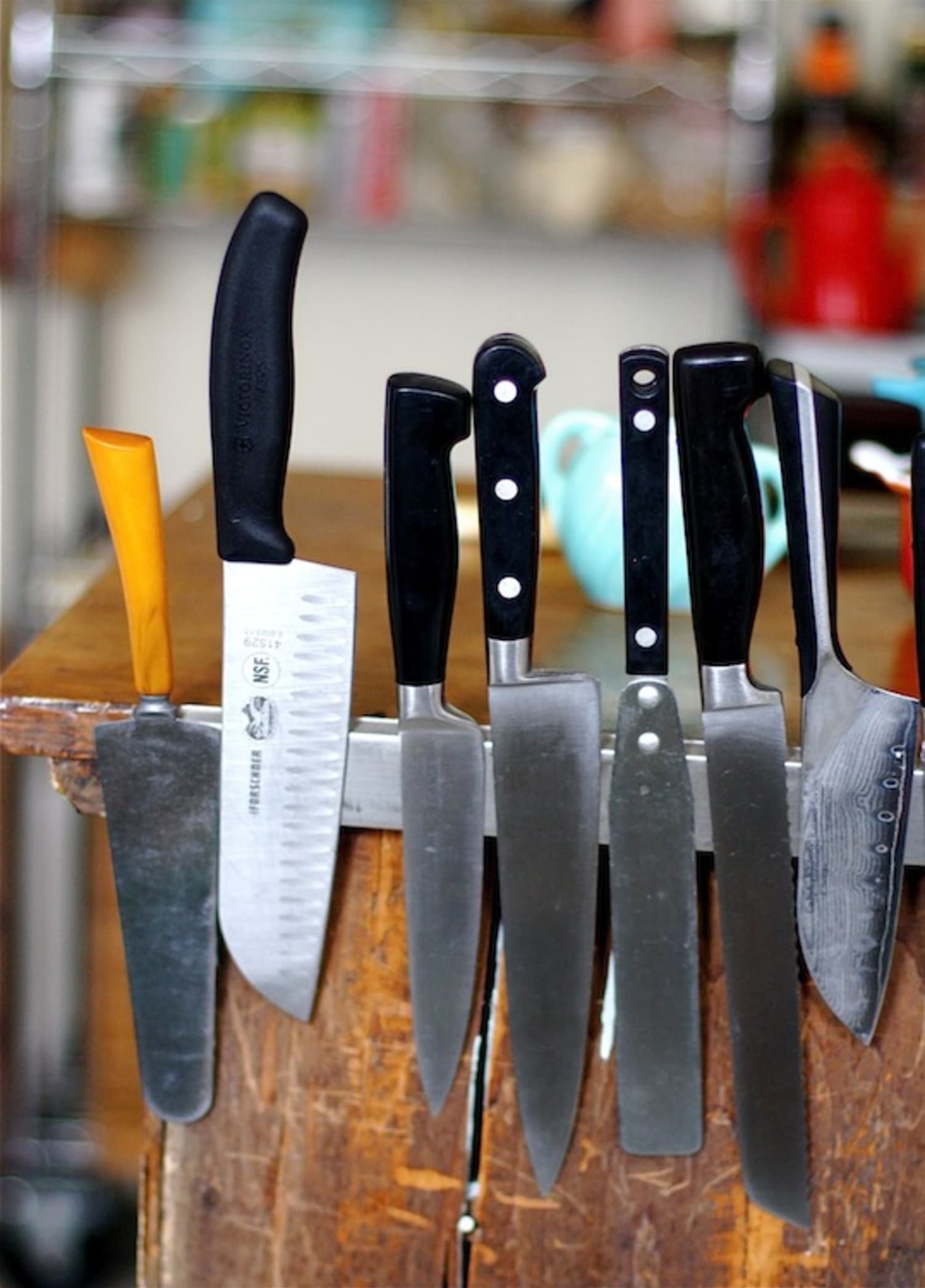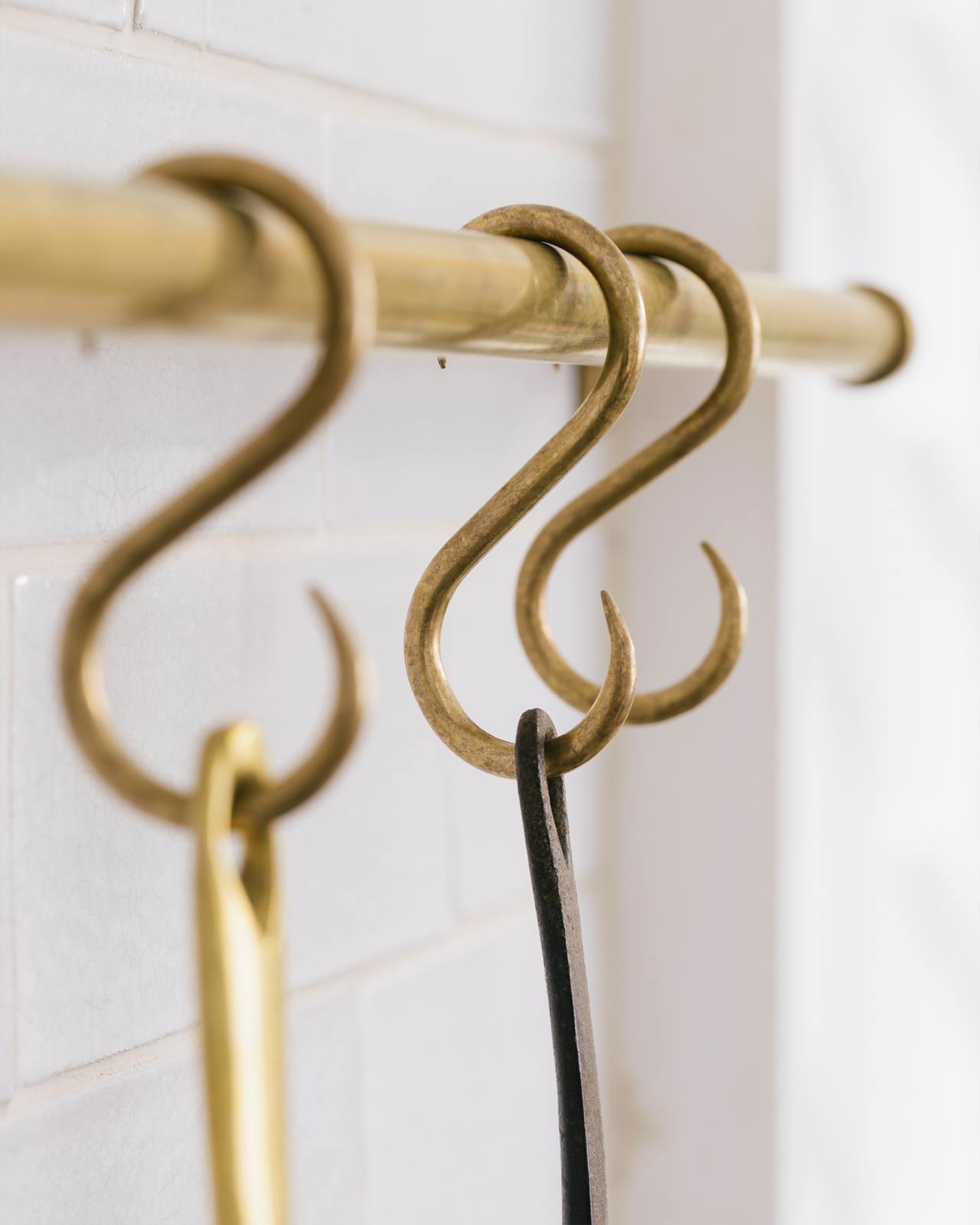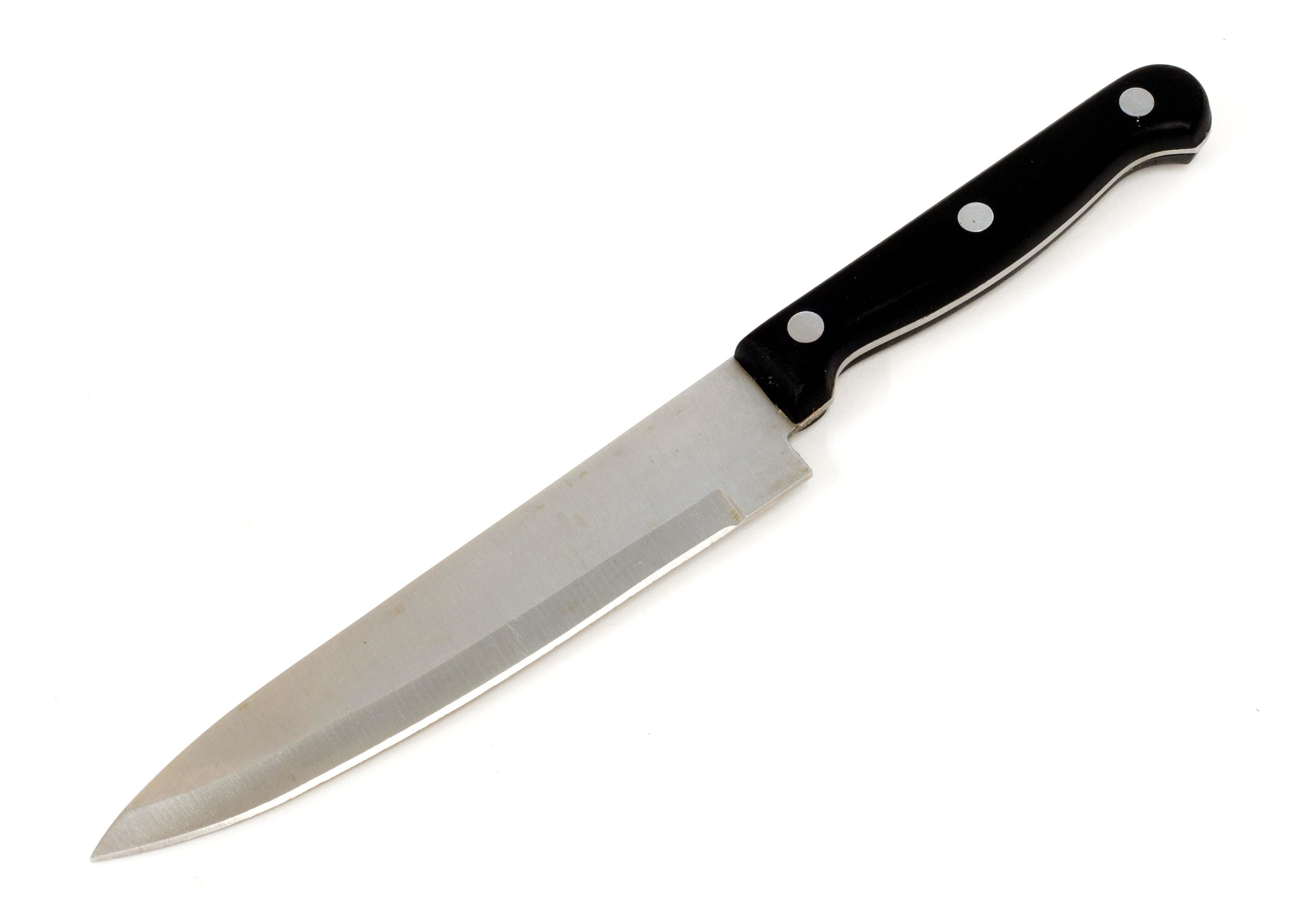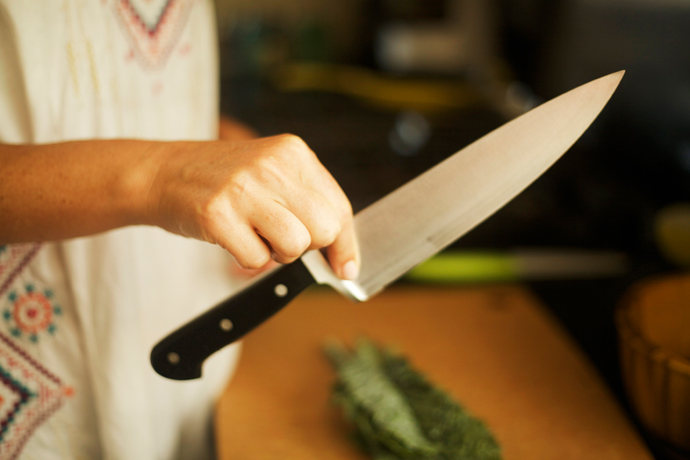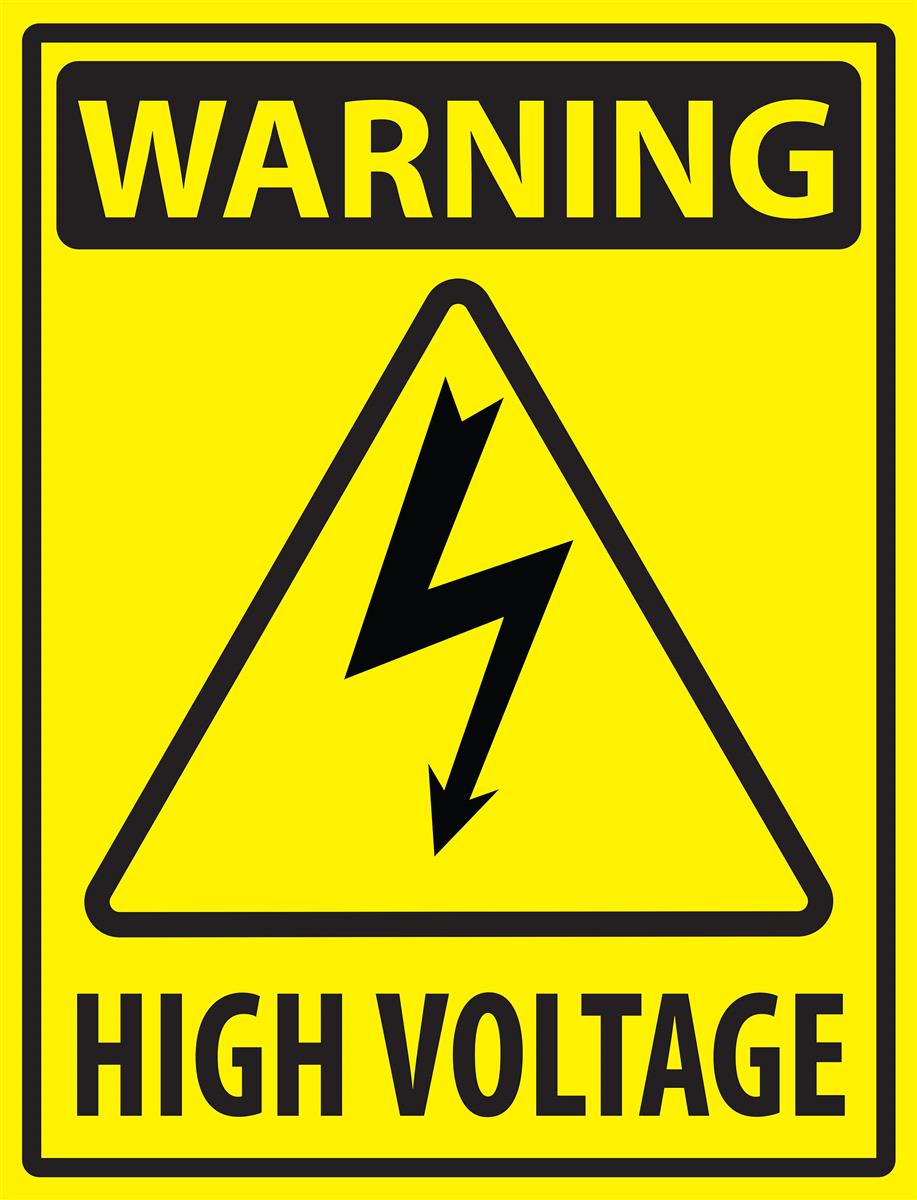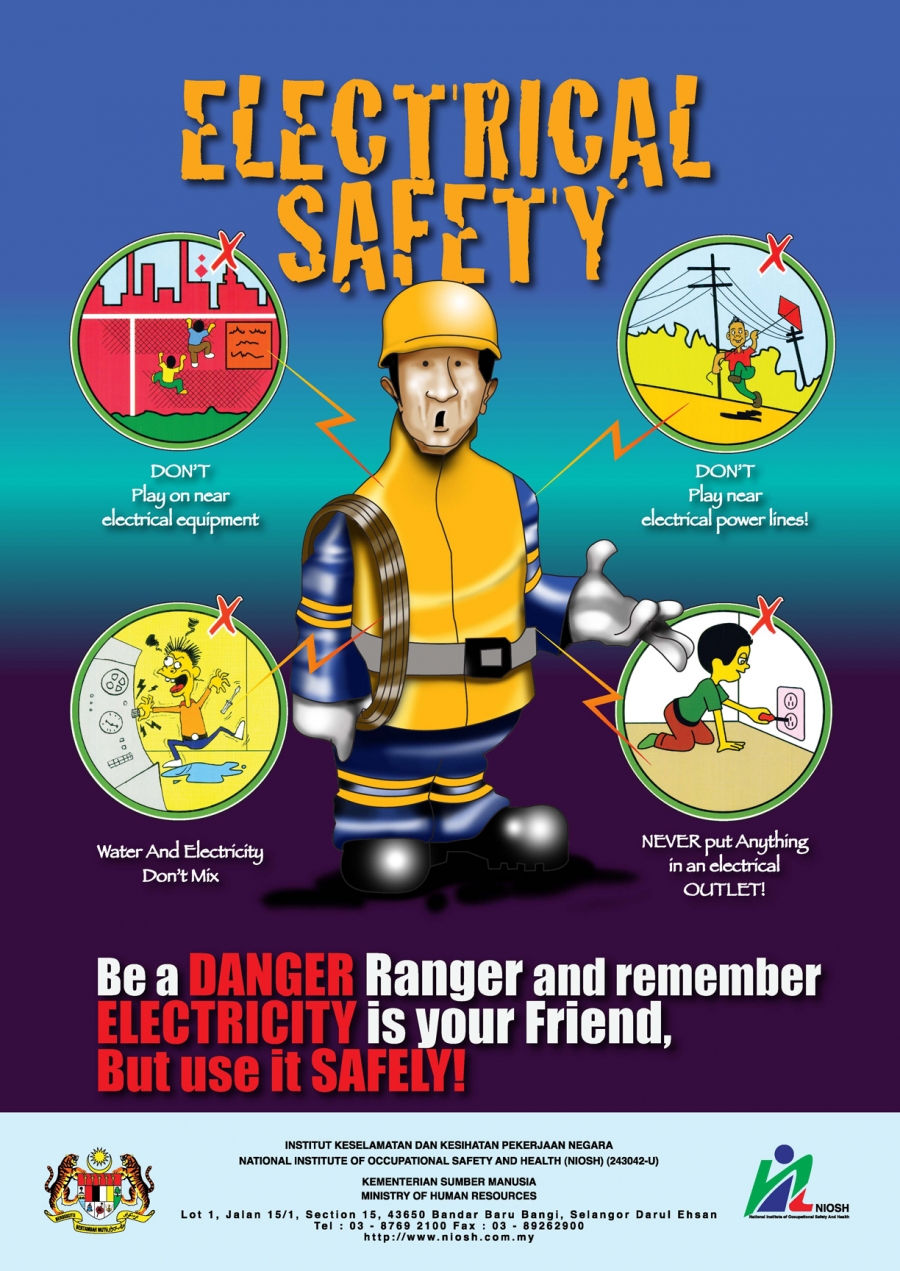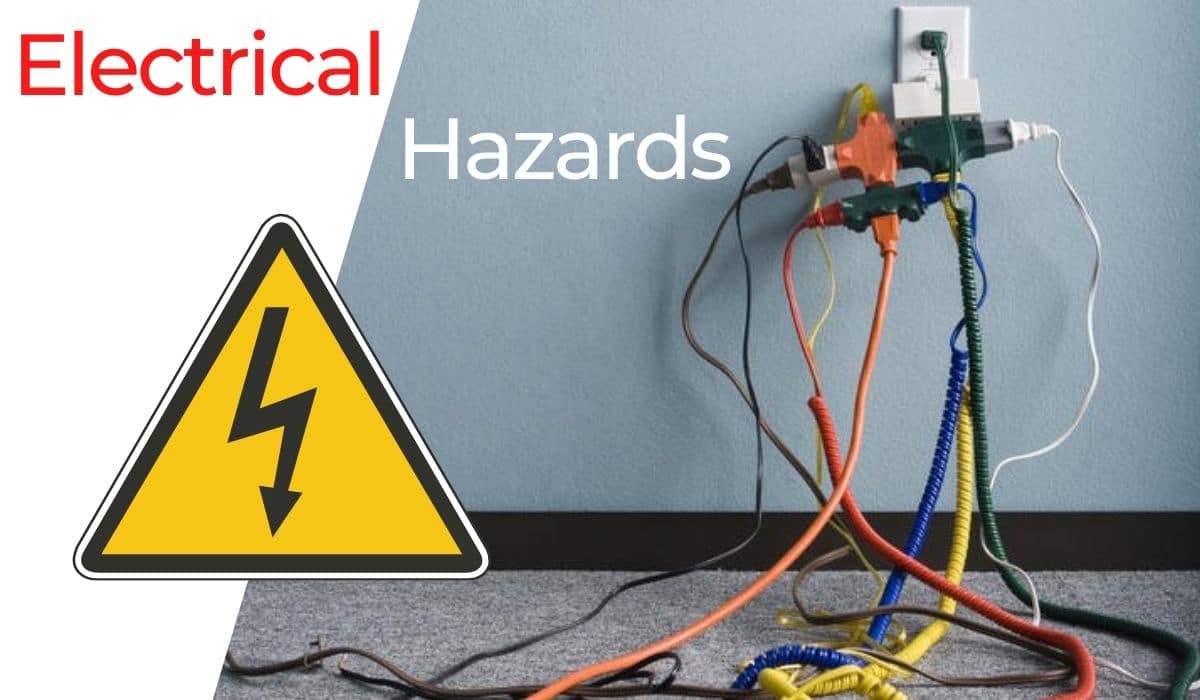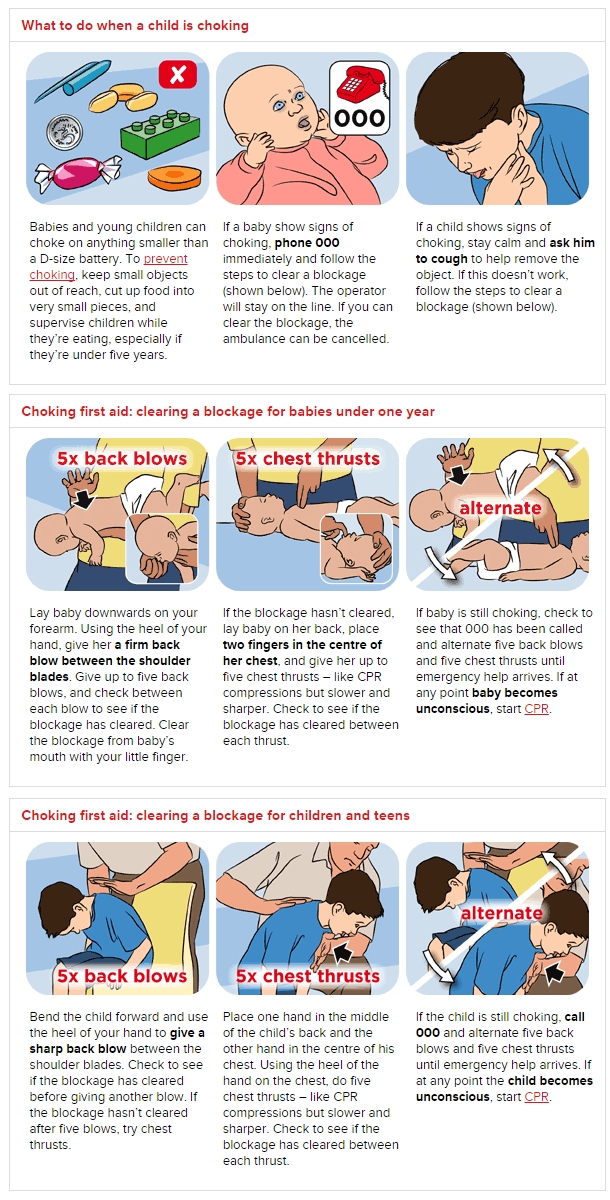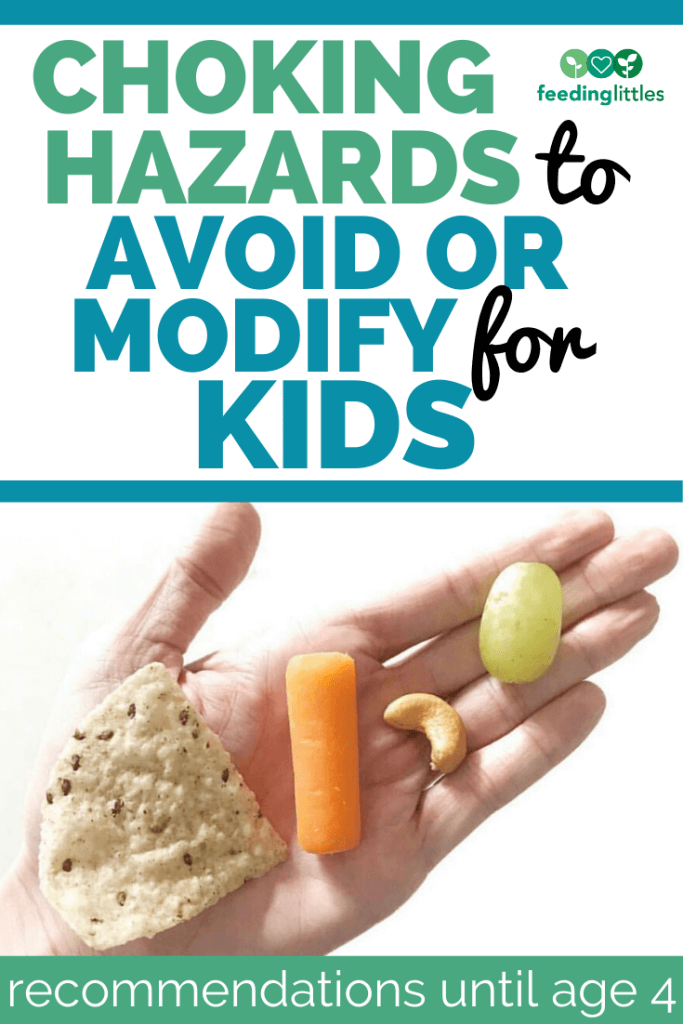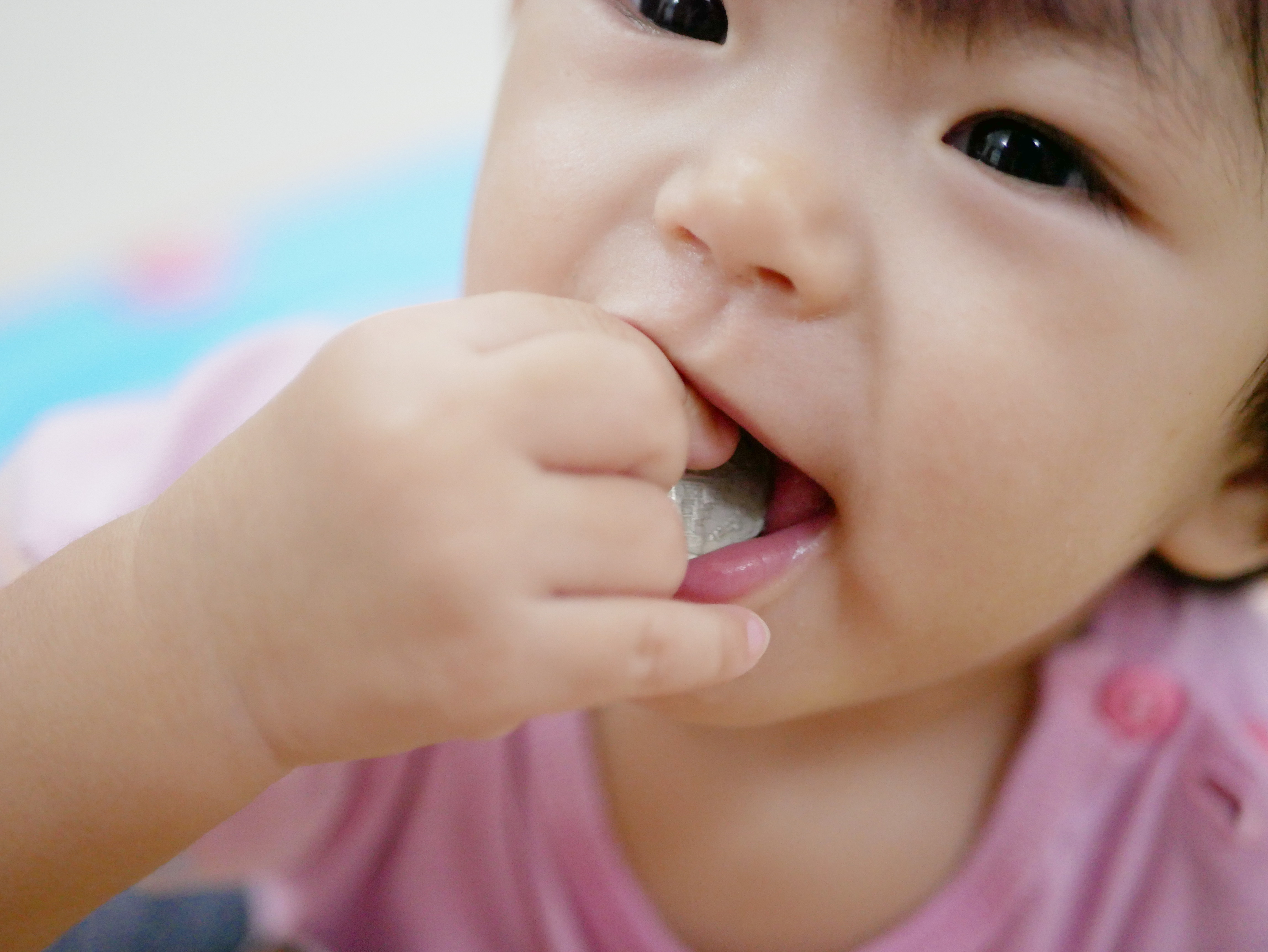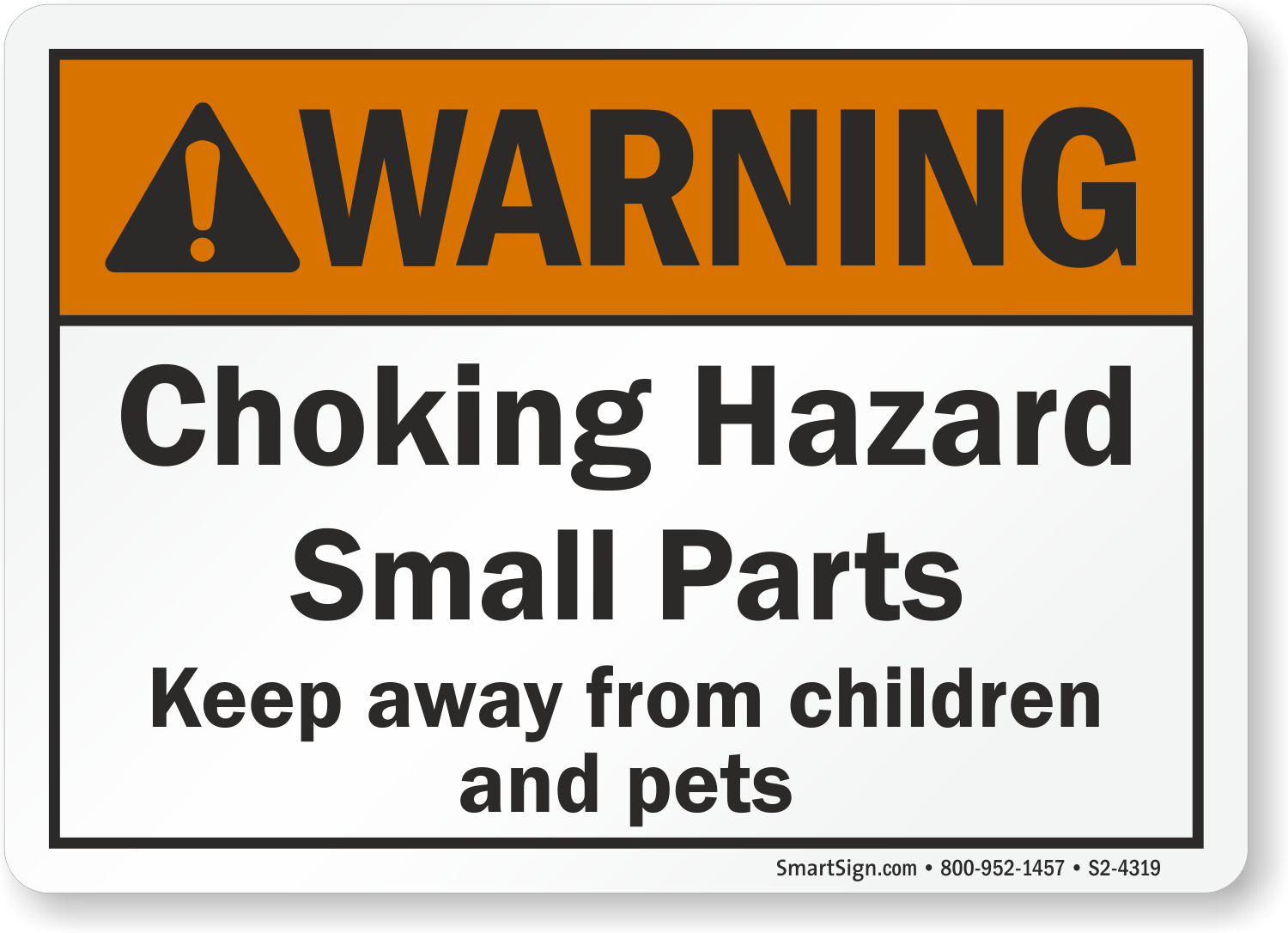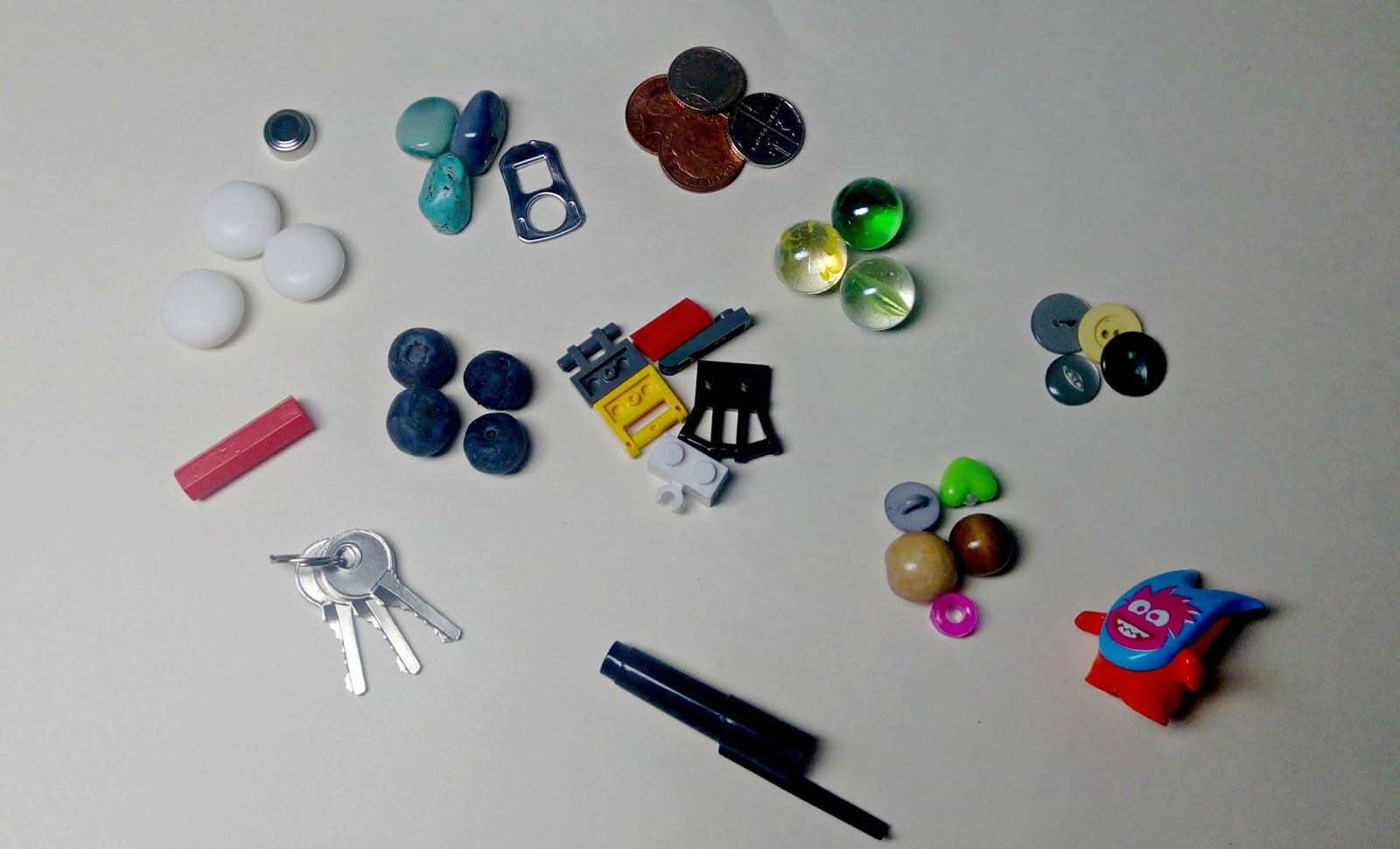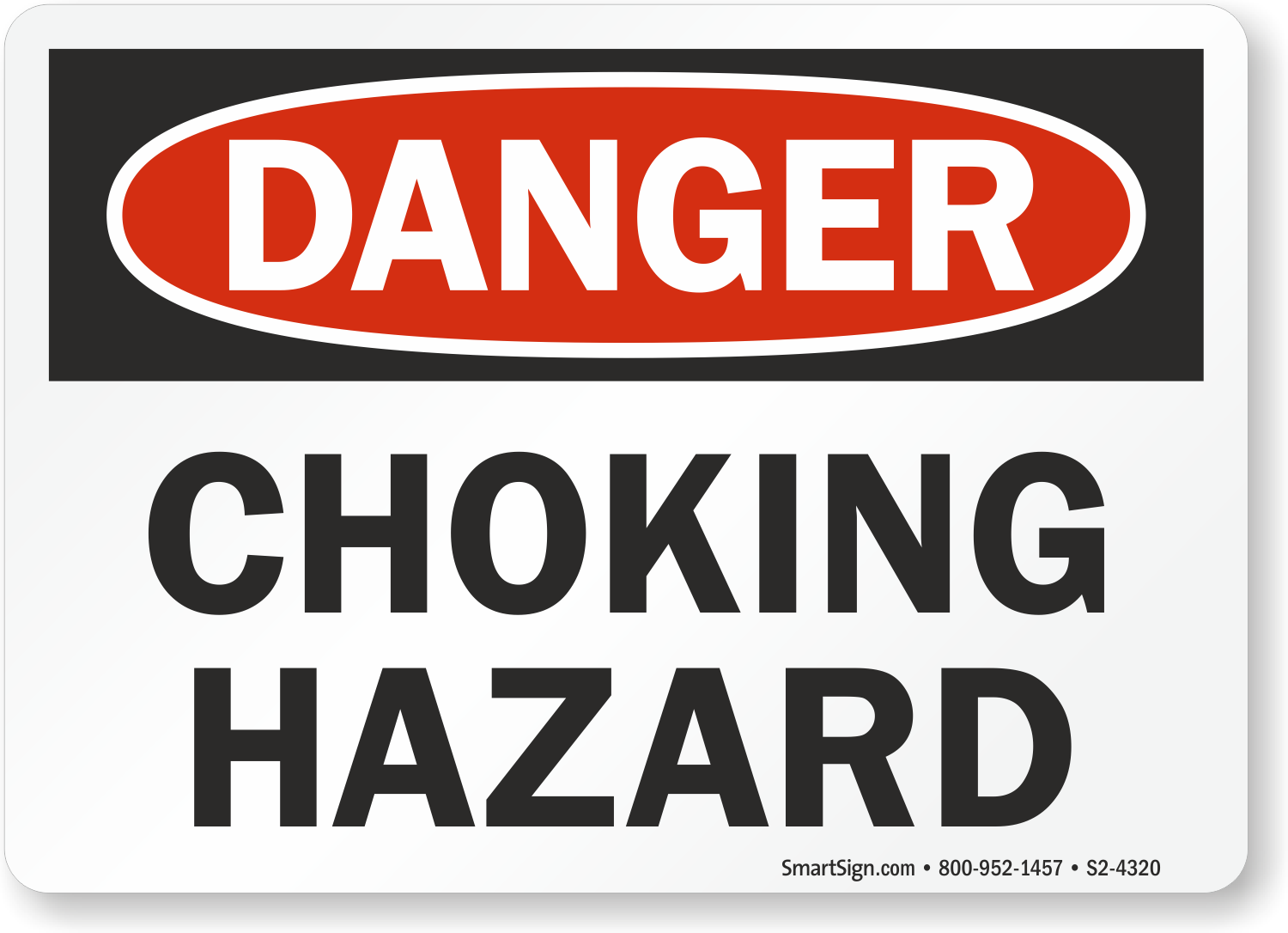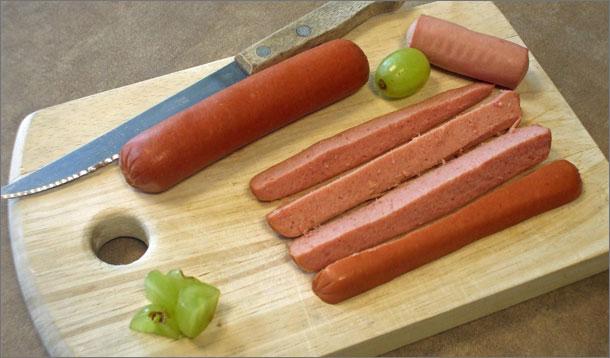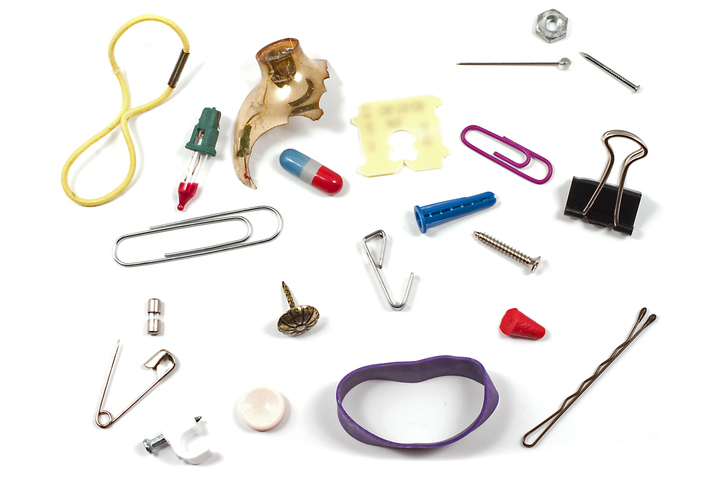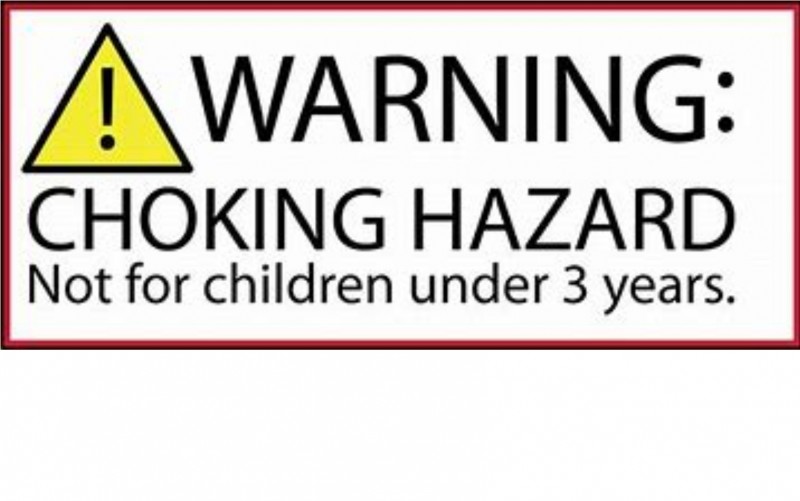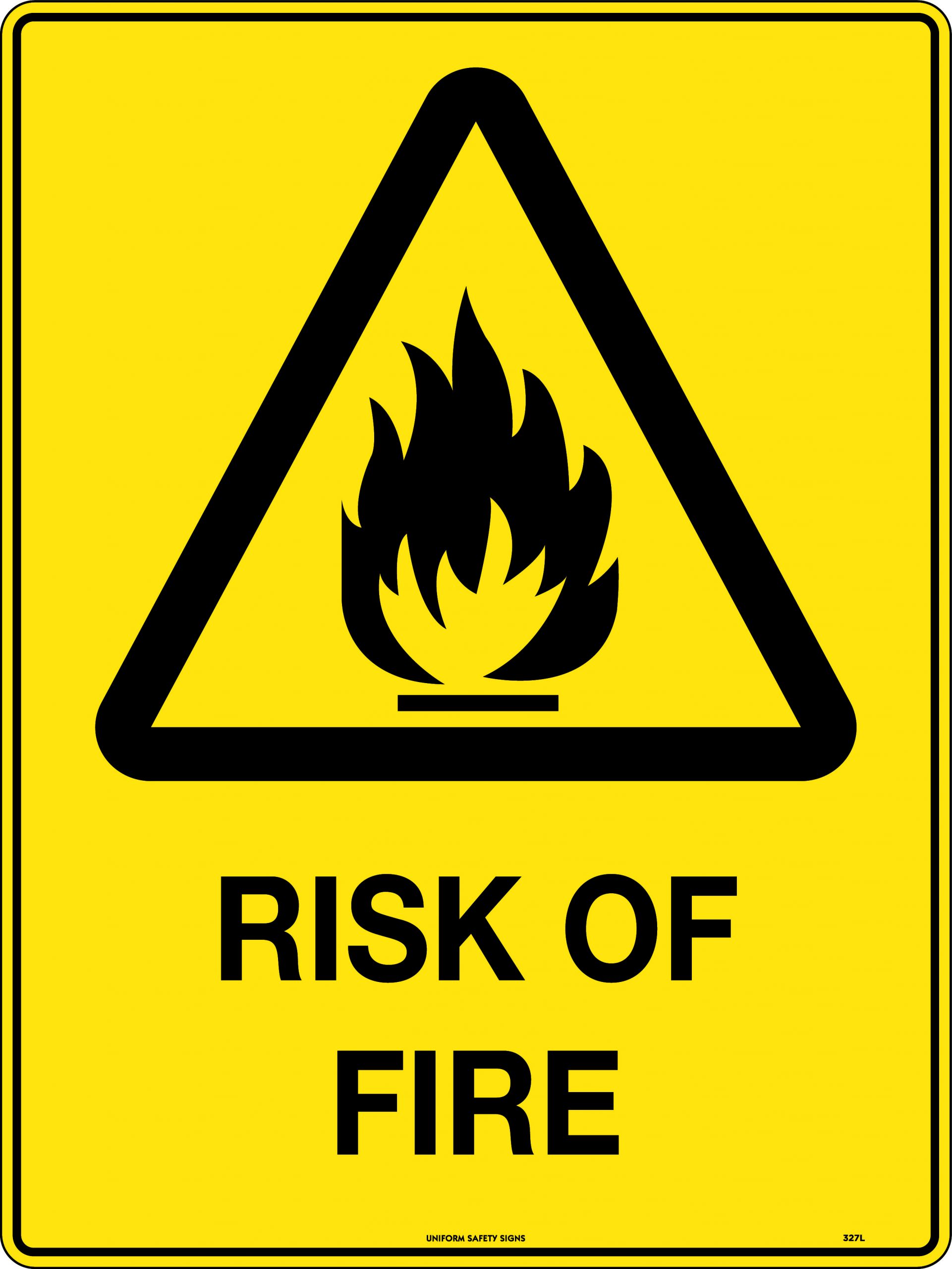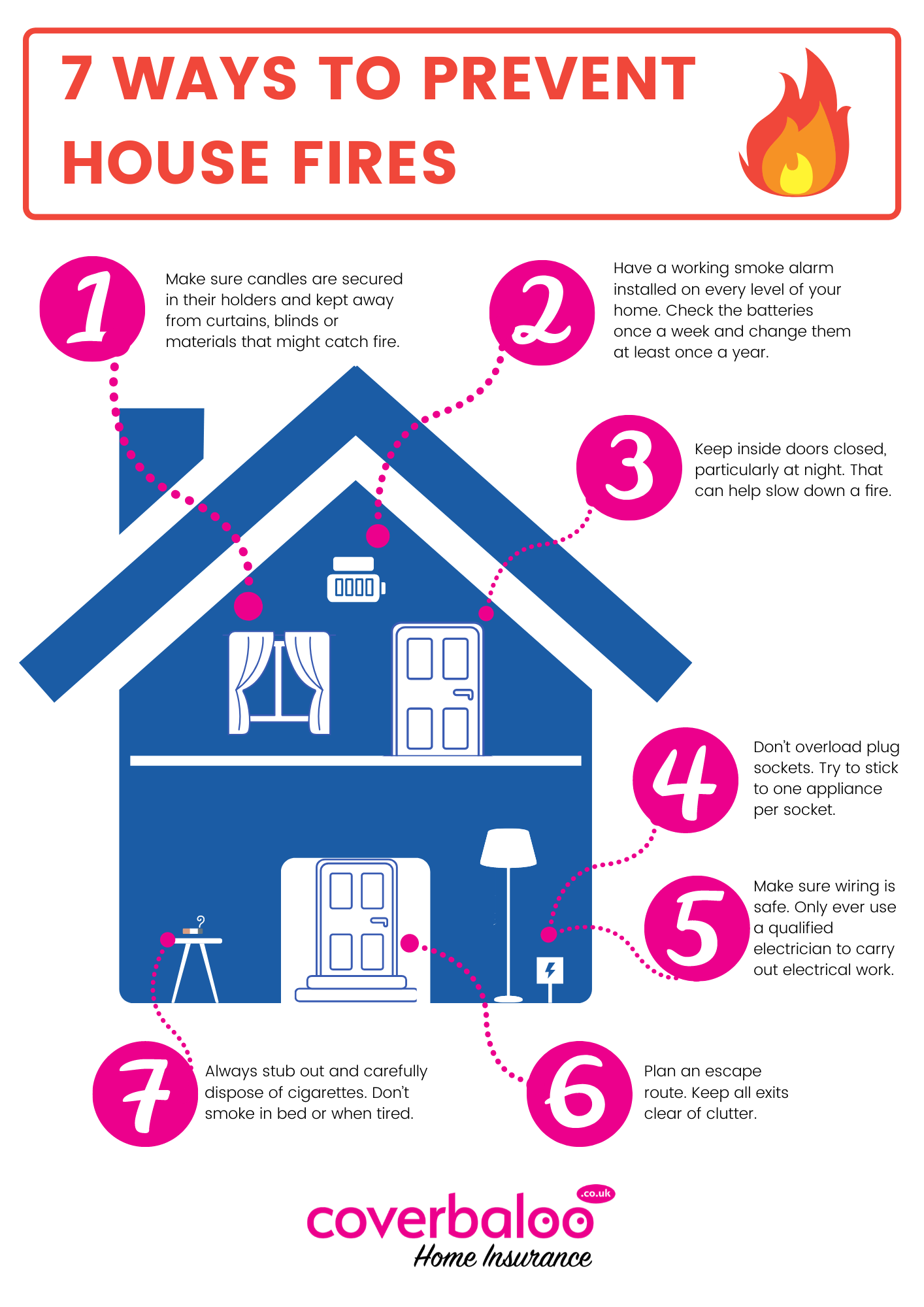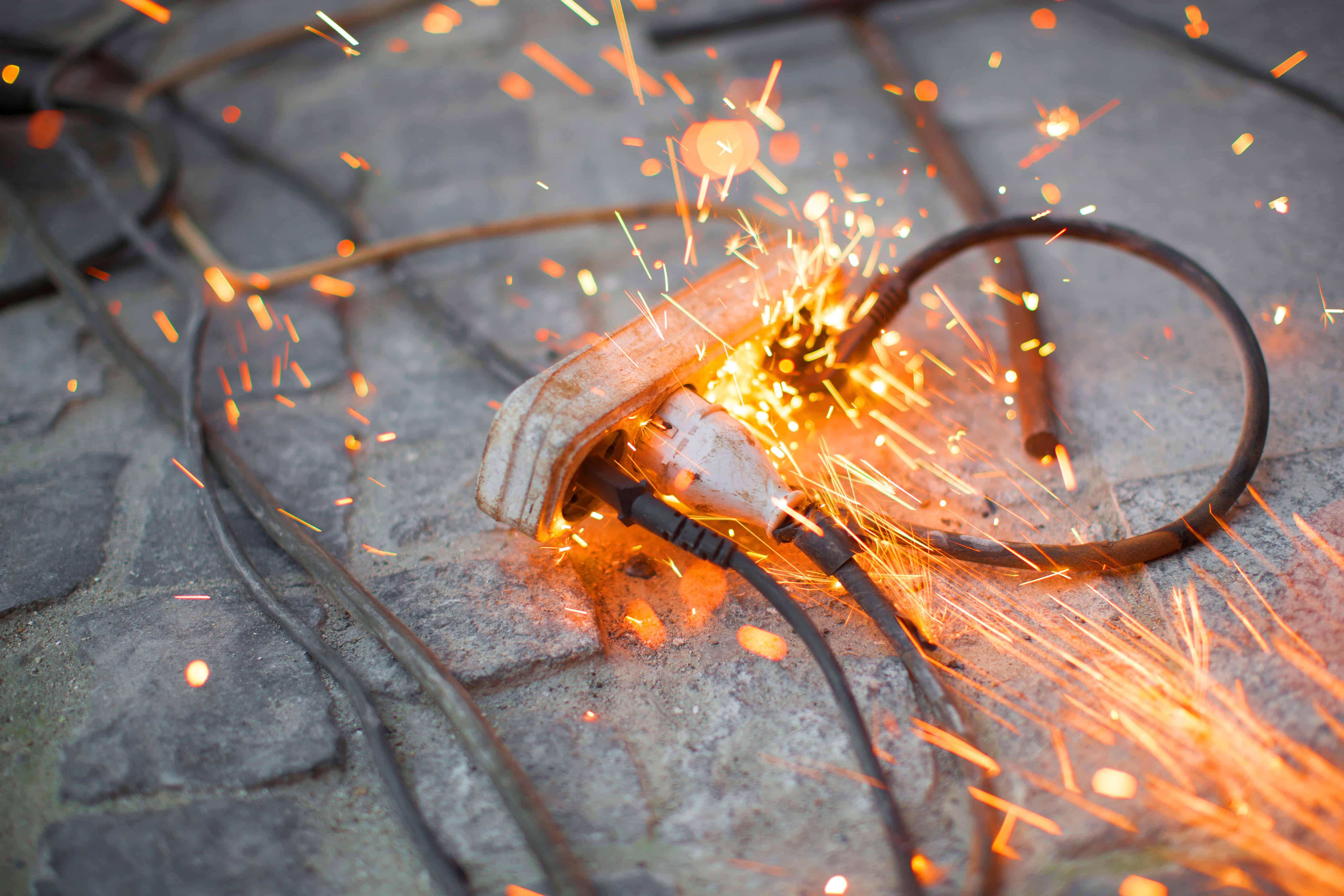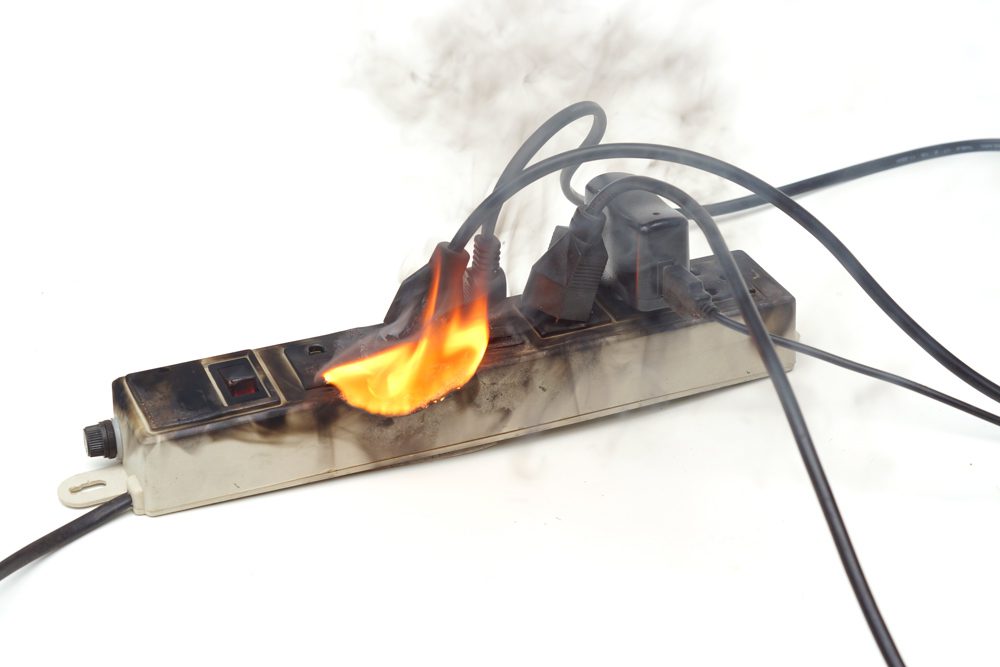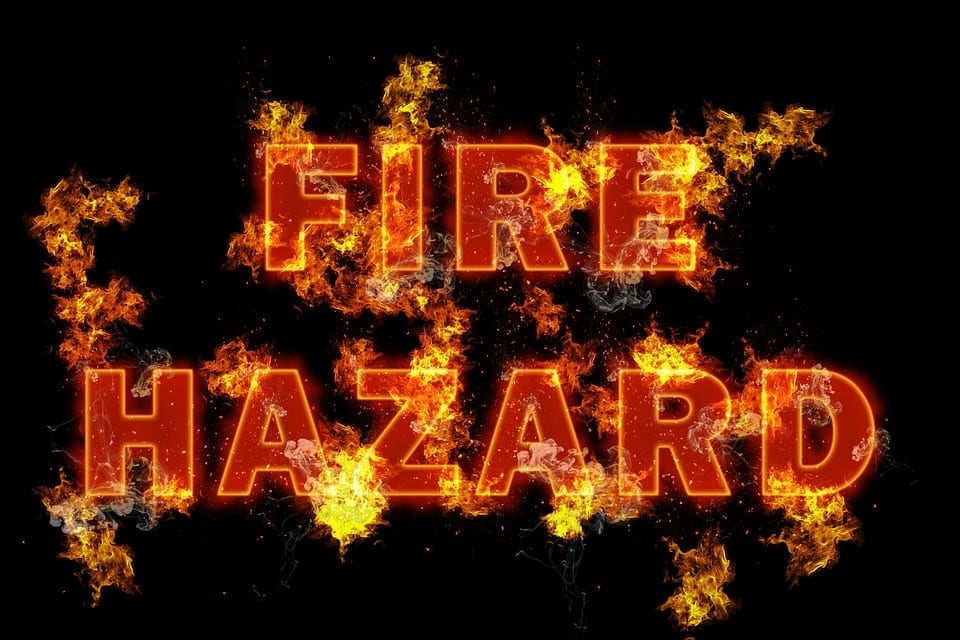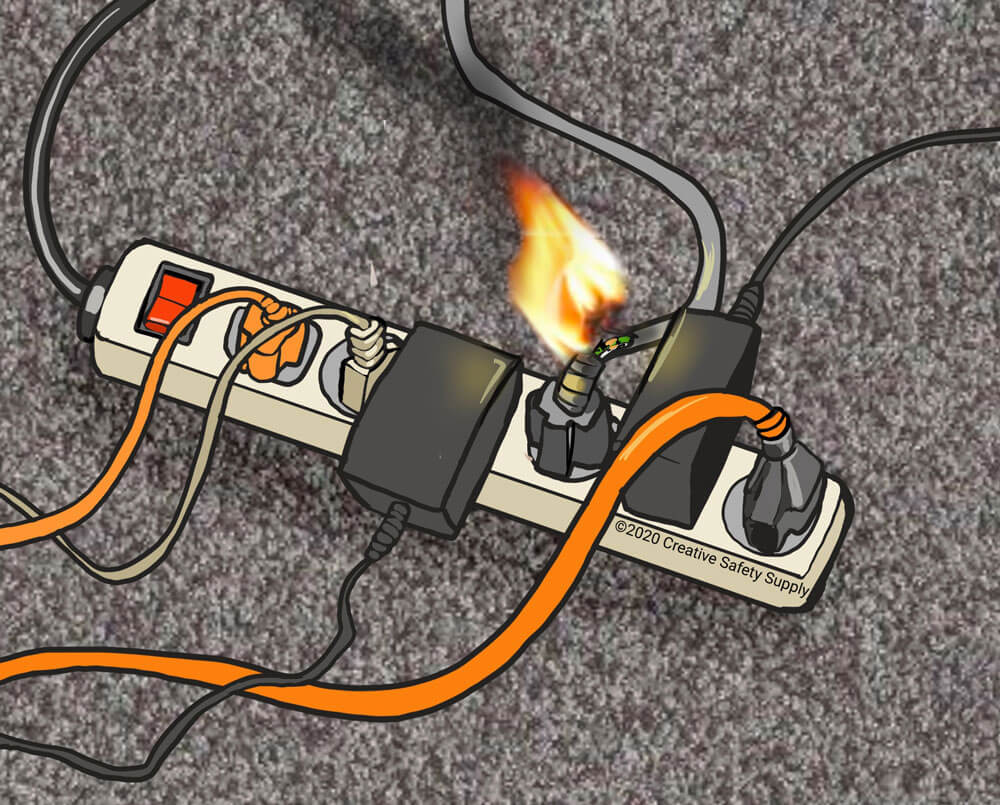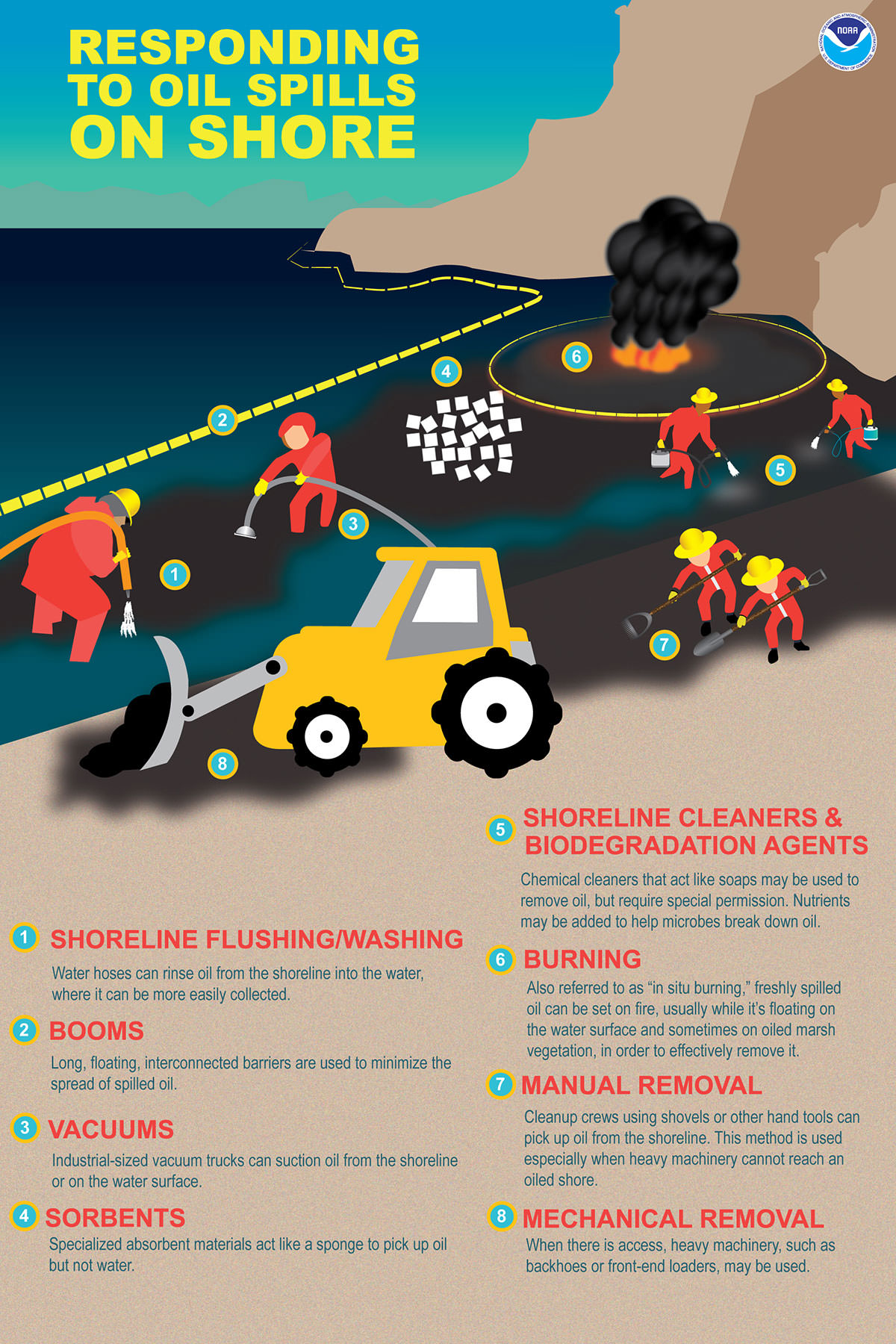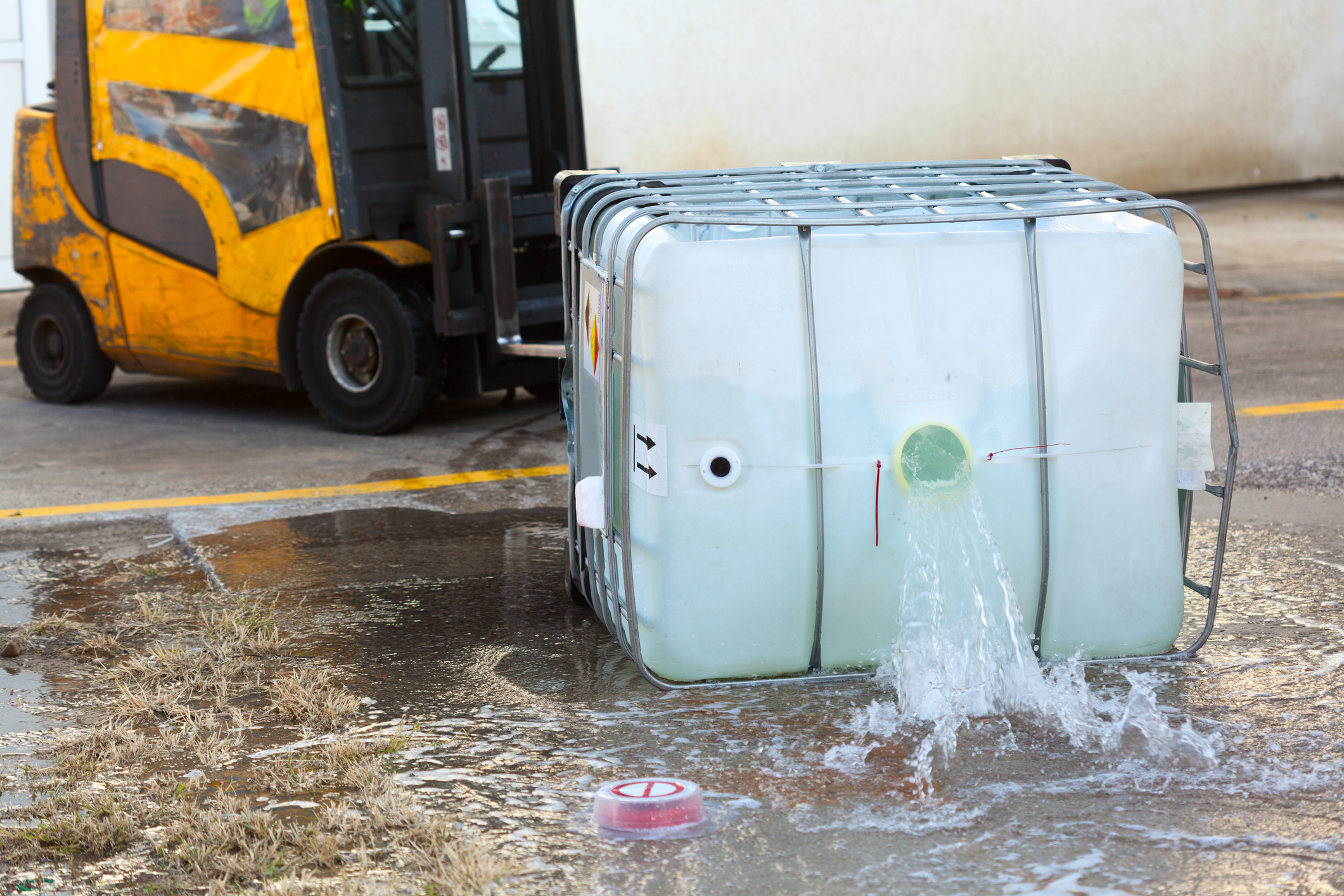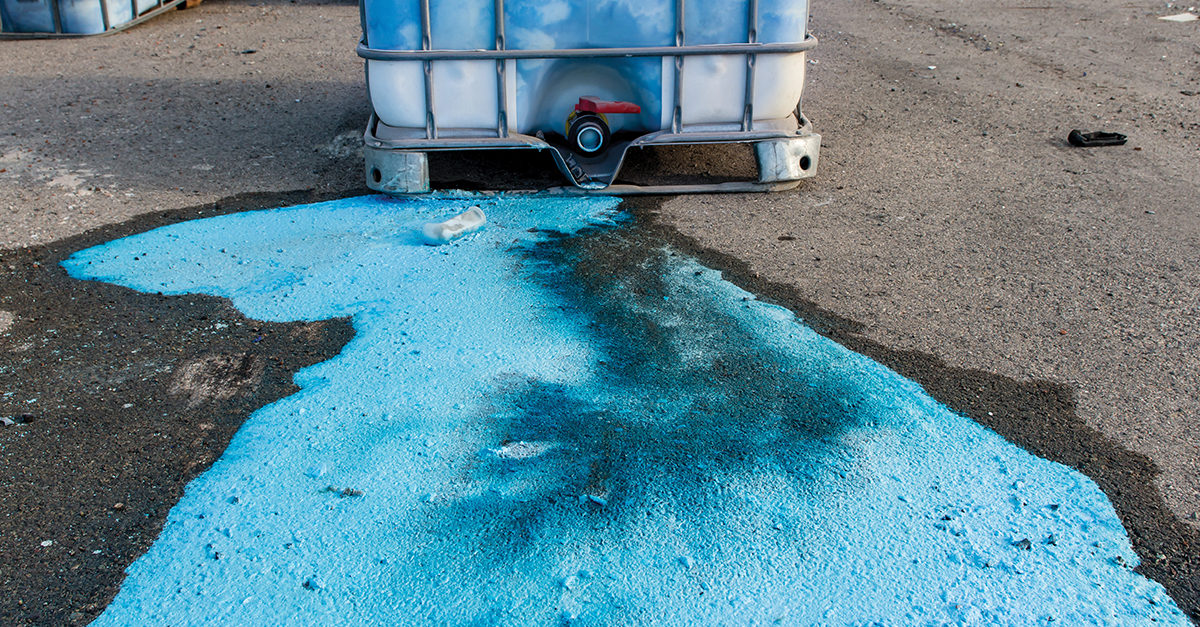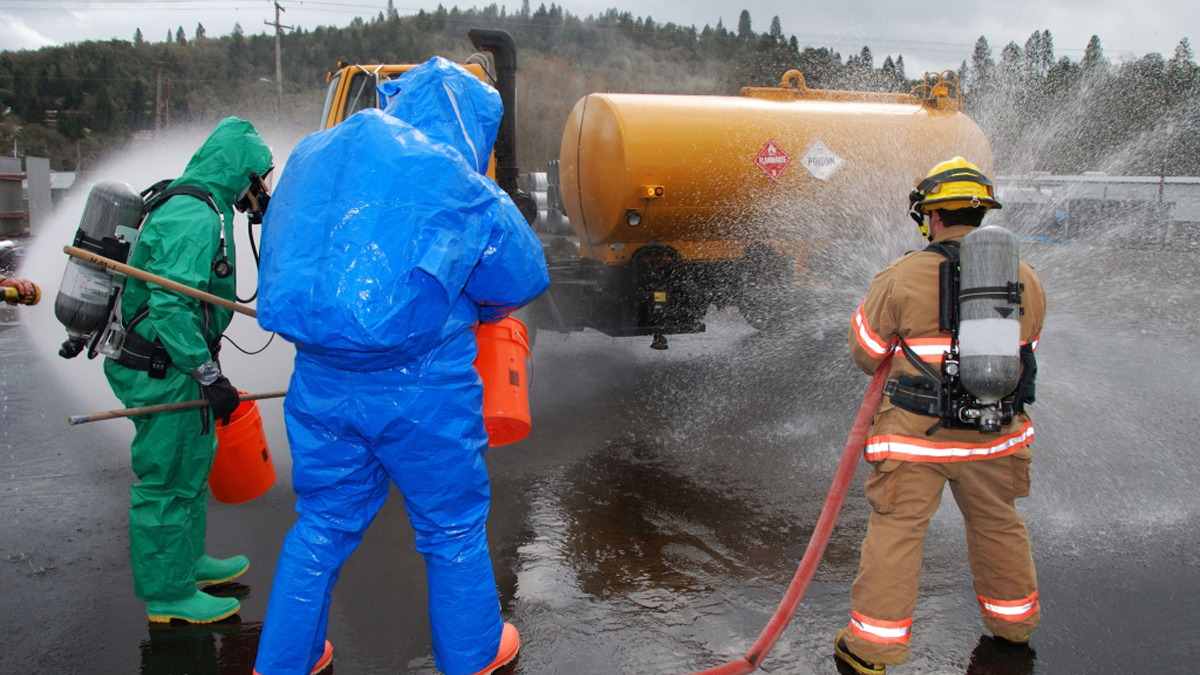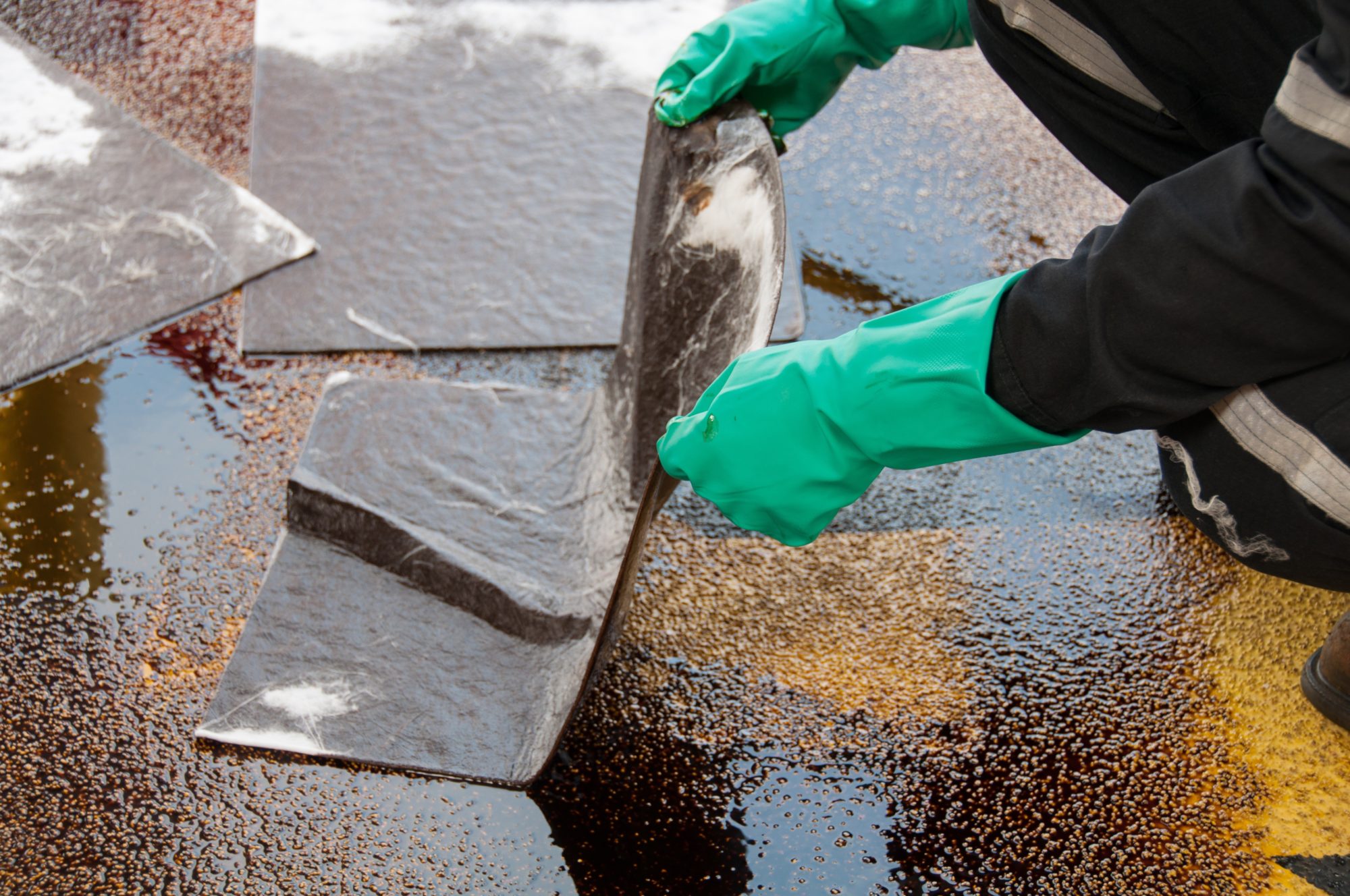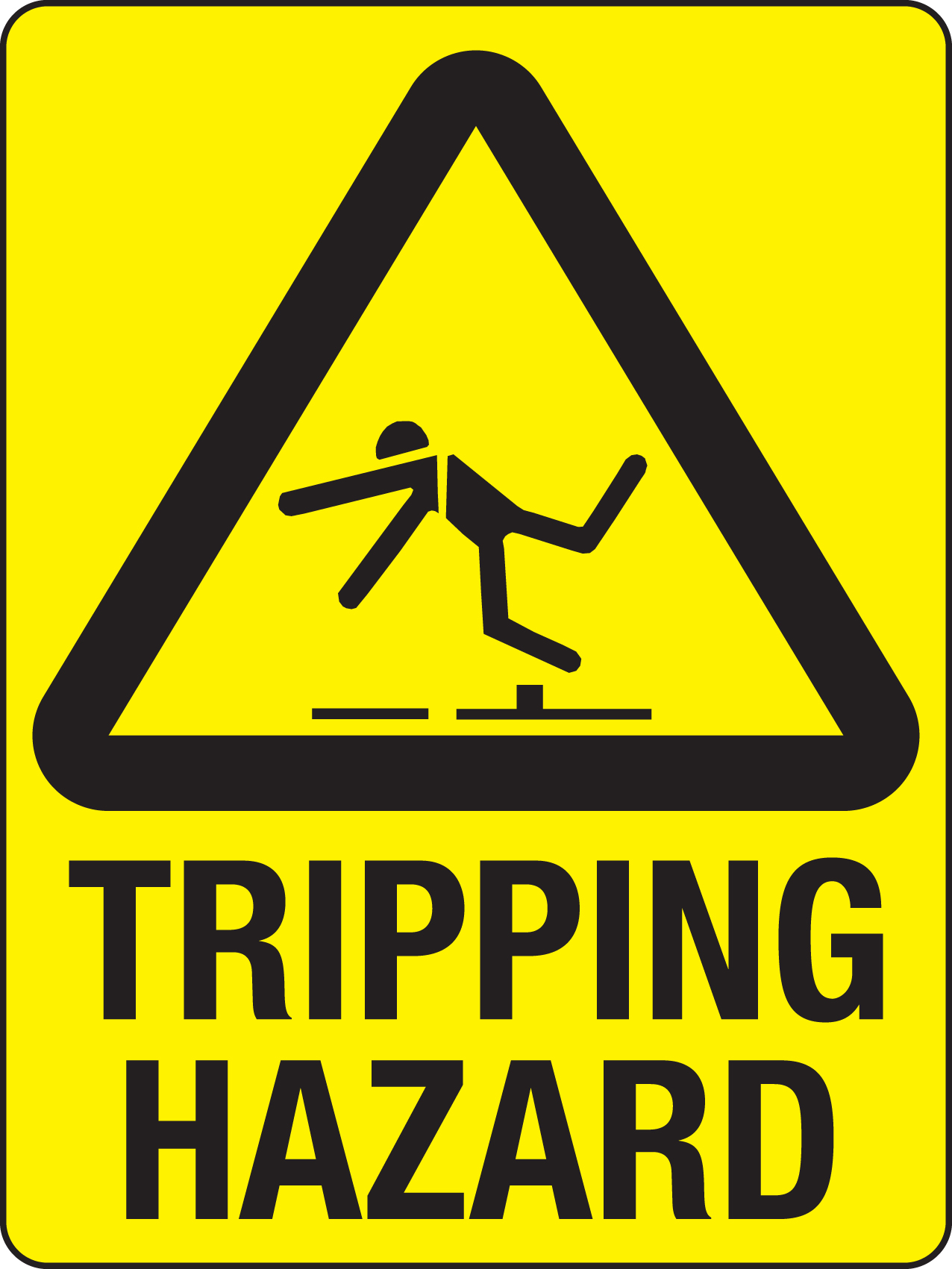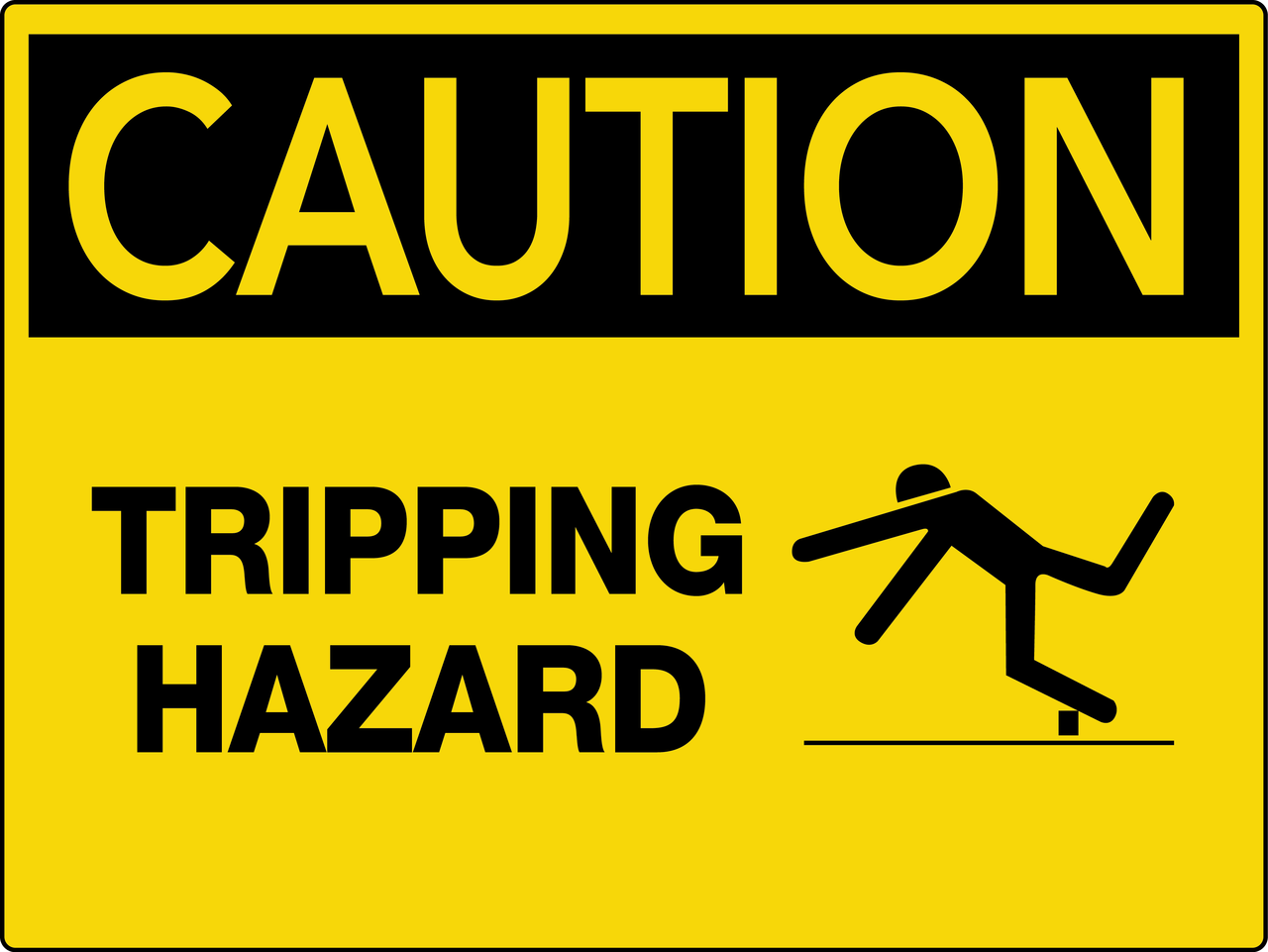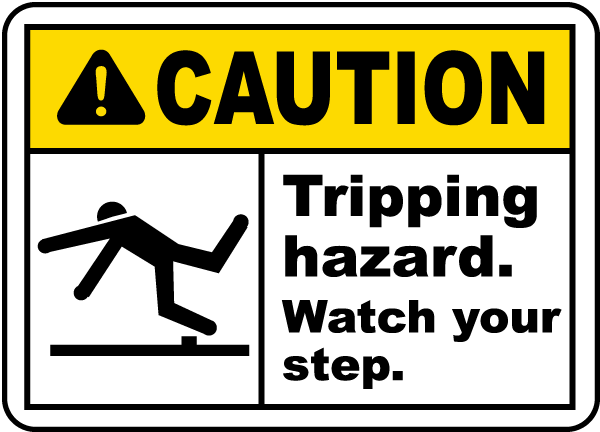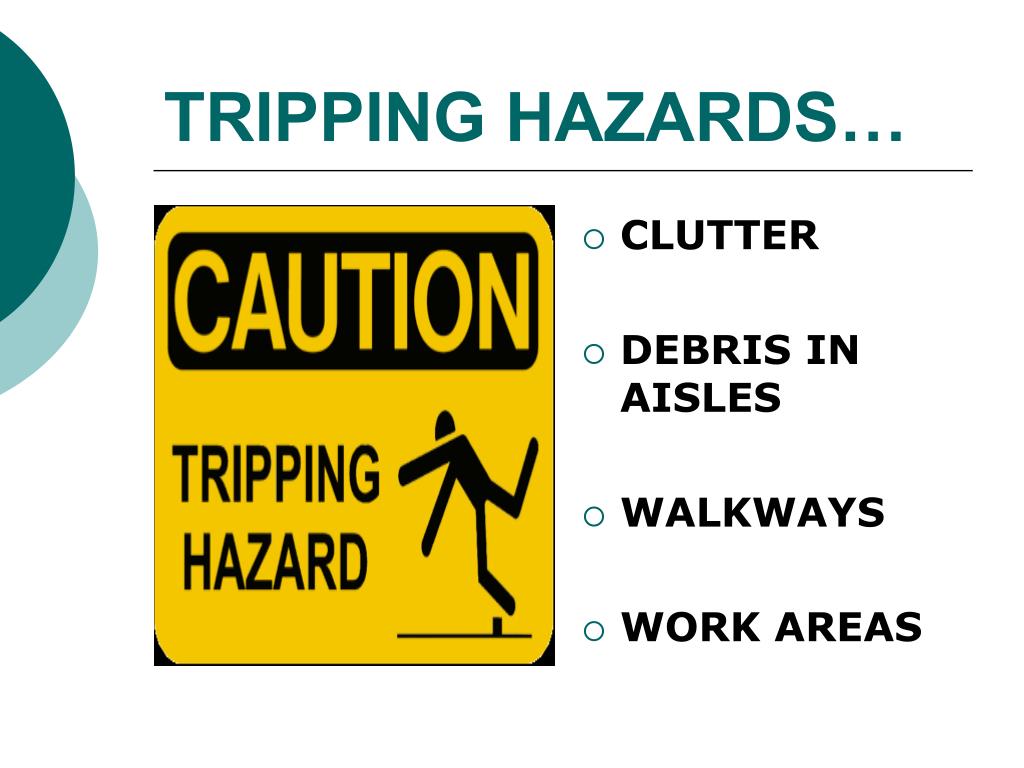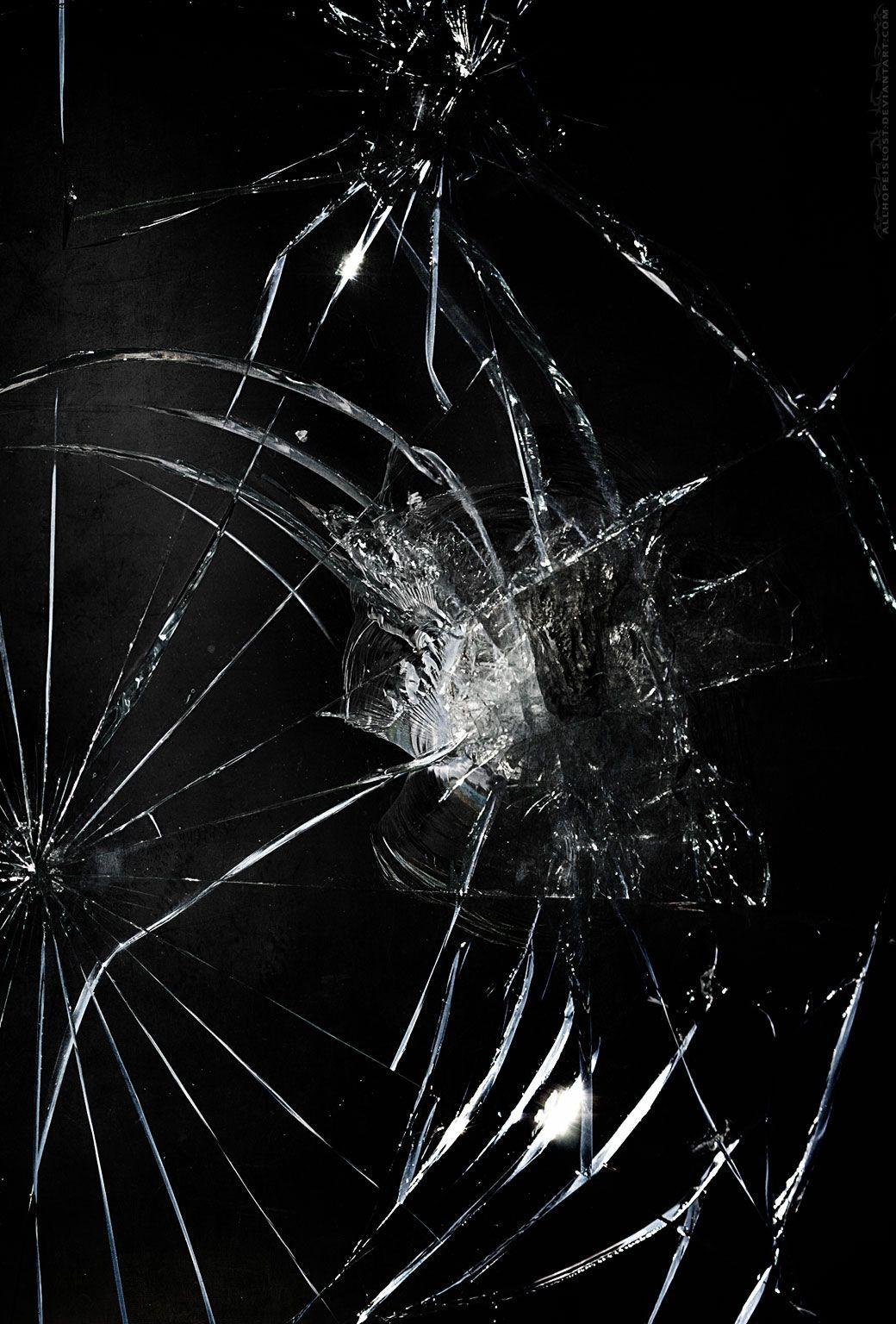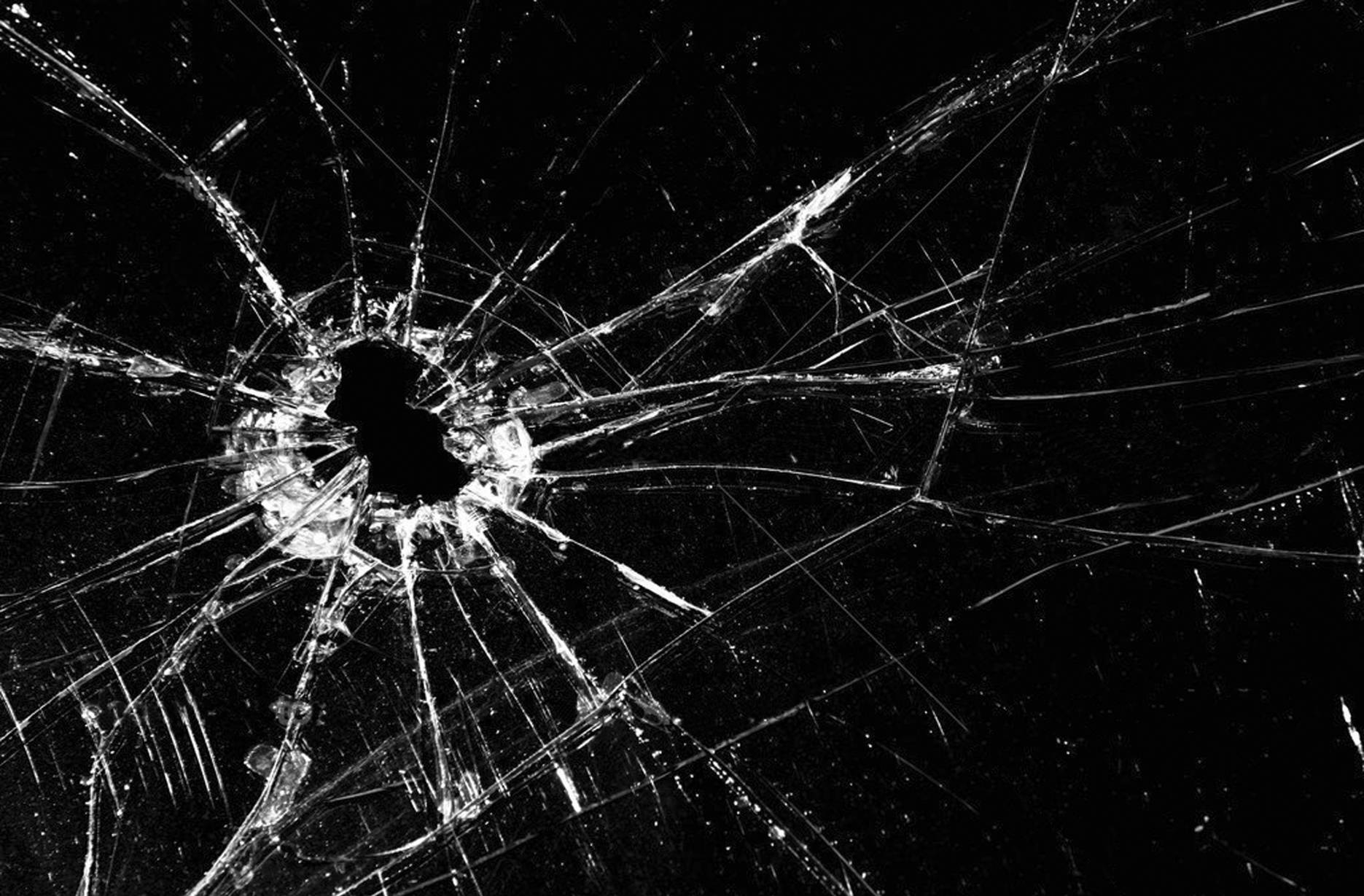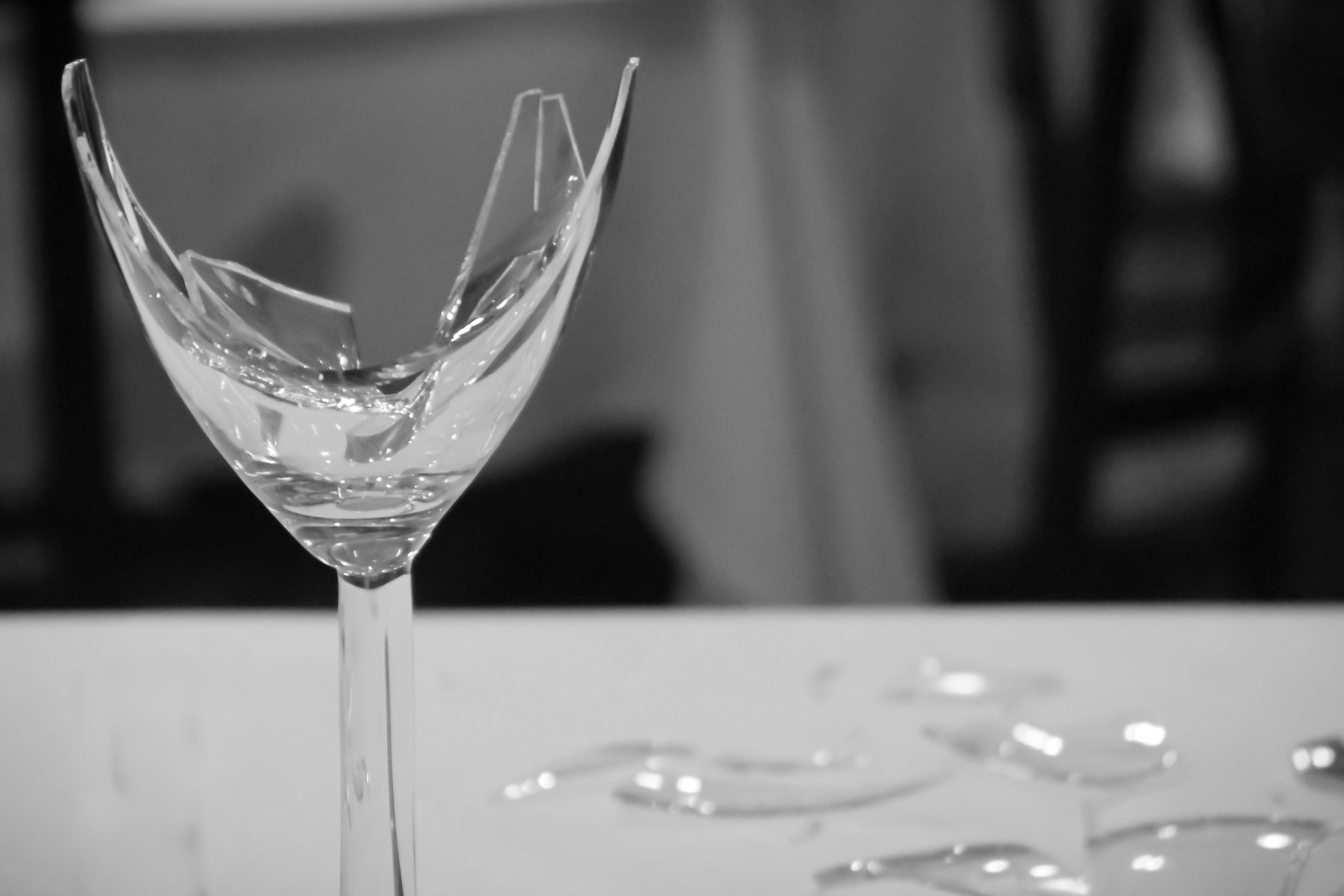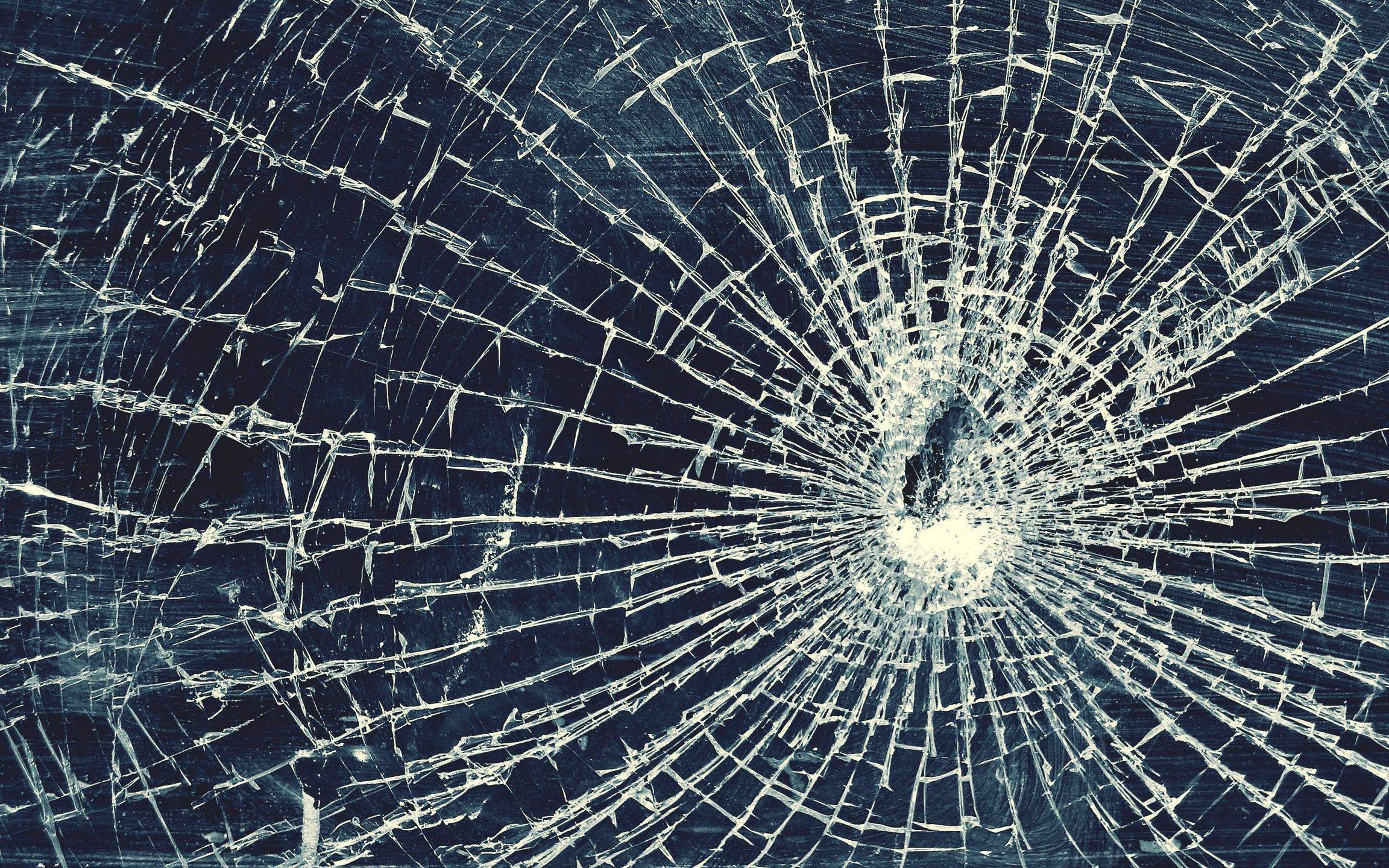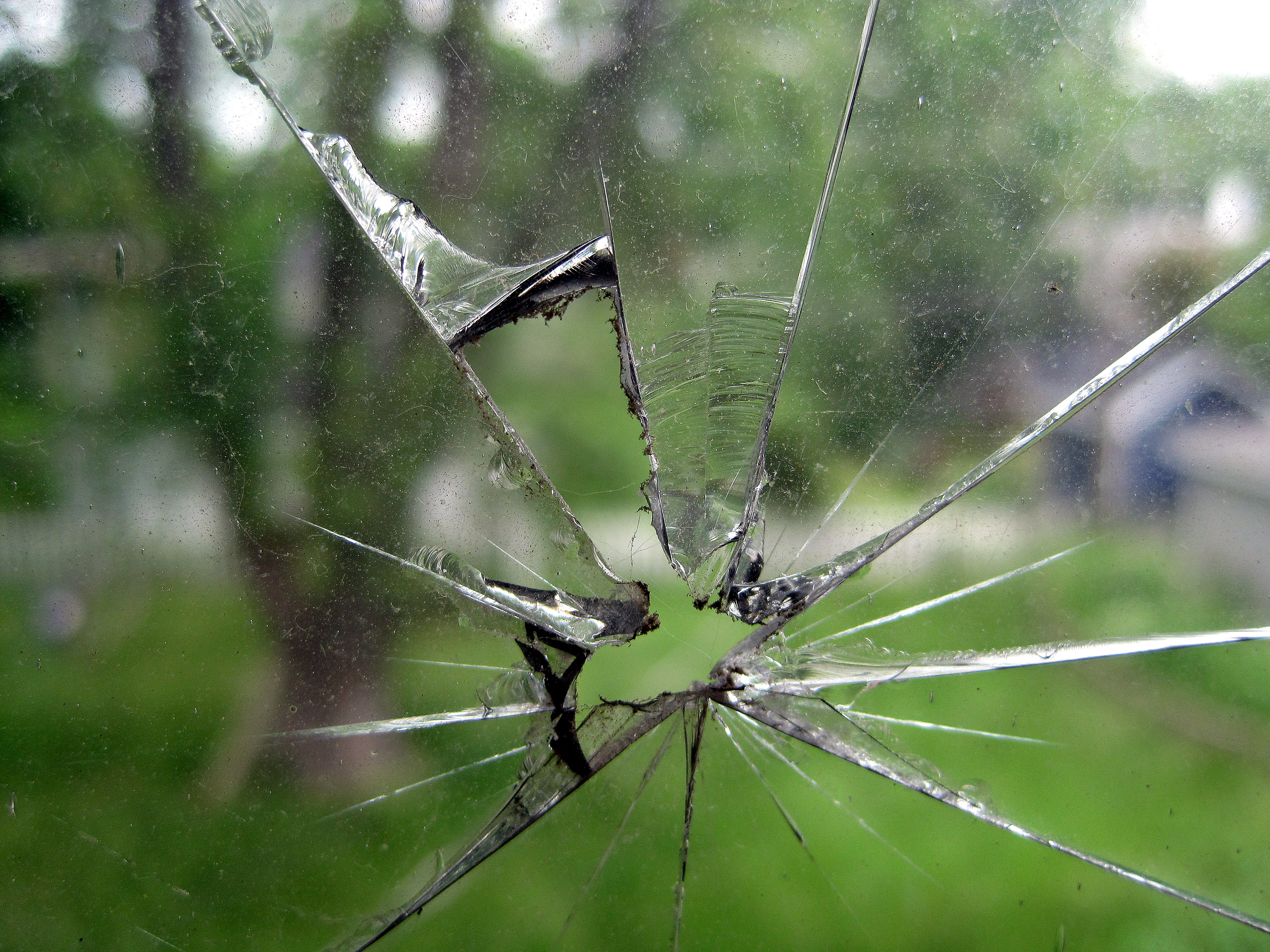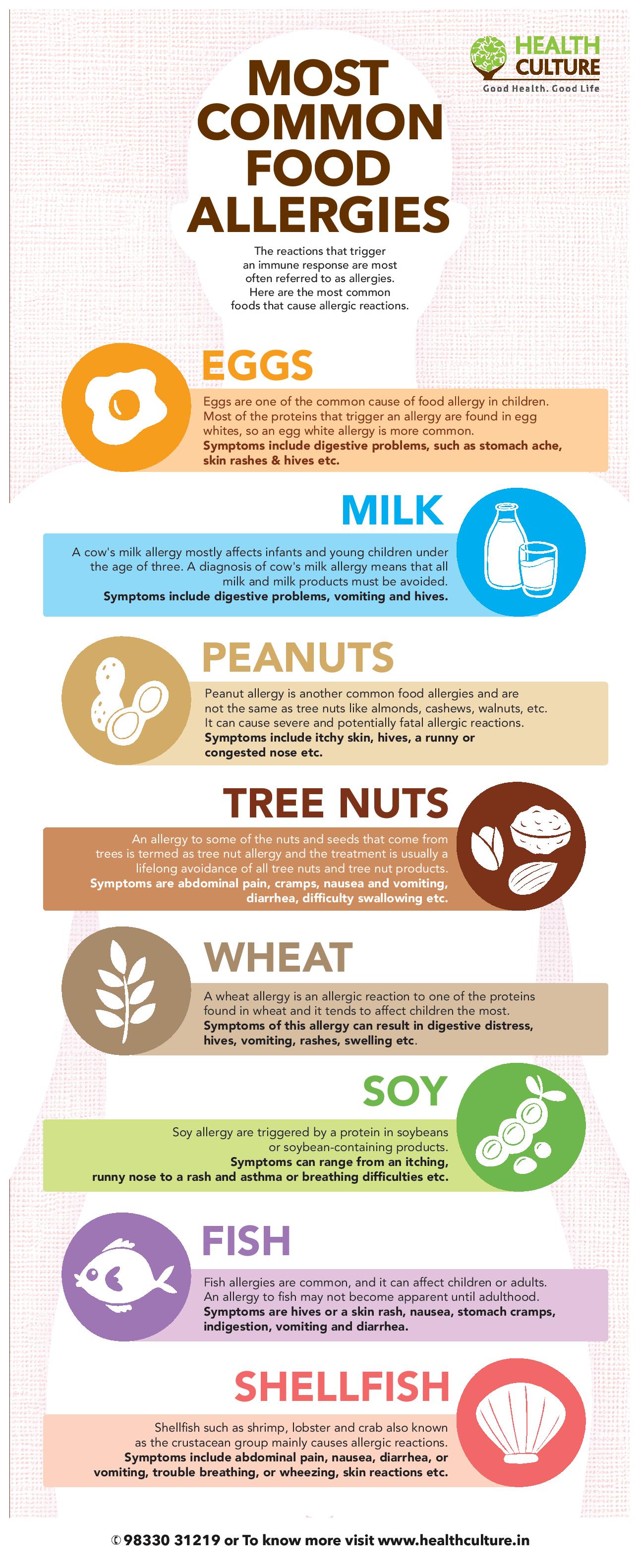One of the most common hazards in a dining room is the presence of slippery floors. This can be caused by spills, water tracked in from outside, or even just a freshly mopped surface. It's important for both staff and customers to be aware of and cautious around these slippery areas to avoid any accidents or injuries. Slippery floors
In a busy dining room, there are many hot surfaces to watch out for. This can include hot plates, cooking equipment, and even hot beverages. It's important to be careful when handling these items and to use proper protective equipment to avoid burns or other injuries. Hot surfaces
Sharp knives and other utensils are necessary tools in a dining room, but they can also be dangerous if not handled properly. It's important to always use caution when using these items and to keep them out of reach of children. Sharp utensils
With all the equipment and appliances used in a dining room, there is always the risk of electrical hazards. This can include faulty wiring, overloaded outlets, or damaged appliances. It's crucial to have regular inspections and maintenance to prevent any accidents or injuries. Electrical hazards
Food is the main focus in a dining room, but it can also pose a hazard if not prepared or consumed properly. Choking hazards can come in the form of large pieces of food, bones, or even small objects like toothpicks or plastic packaging. It's important to educate staff and customers on the risks and to be prepared for any choking emergencies. Choking hazards
With the use of hot equipment and open flames in a dining room, there is always a risk of fire. This can be caused by a variety of factors such as grease buildup, faulty wiring, or even a small spark. It's crucial to have proper fire safety measures in place and to regularly check and maintain equipment to prevent any fire hazards. Fire hazards
In a busy dining room, spills are bound to happen. However, spills of hazardous chemicals can pose a serious danger to staff and customers. This can include cleaning products, cooking oils, or even certain types of foods. Proper training and safety measures should be in place to handle and clean up any chemical spills. Chemical spills
Clutter and obstacles in a dining room can create tripping hazards for both staff and customers. This can include loose cords, misplaced furniture, or even a wet floor sign left out for too long. It's important to keep walkways clear and to promptly clean up any spills or messes to prevent tripping hazards. Tripping hazards
Glassware is a common item in a dining room, but it can also pose a danger if broken. Broken glass can cause cuts and injuries if not properly cleaned up. It's important to have a protocol in place for handling and disposing of broken glass to ensure the safety of everyone in the dining room. Broken glass
Food allergies are becoming increasingly common and can be life-threatening if not taken seriously. In a dining room, it's important for staff to be aware of any food allergies and to take necessary precautions to prevent cross-contamination. Proper labeling and communication with customers is key to avoiding any potential allergic reactions. Food allergies
Hazards in the Dining Room: How to Keep Your Space Safe and Functional
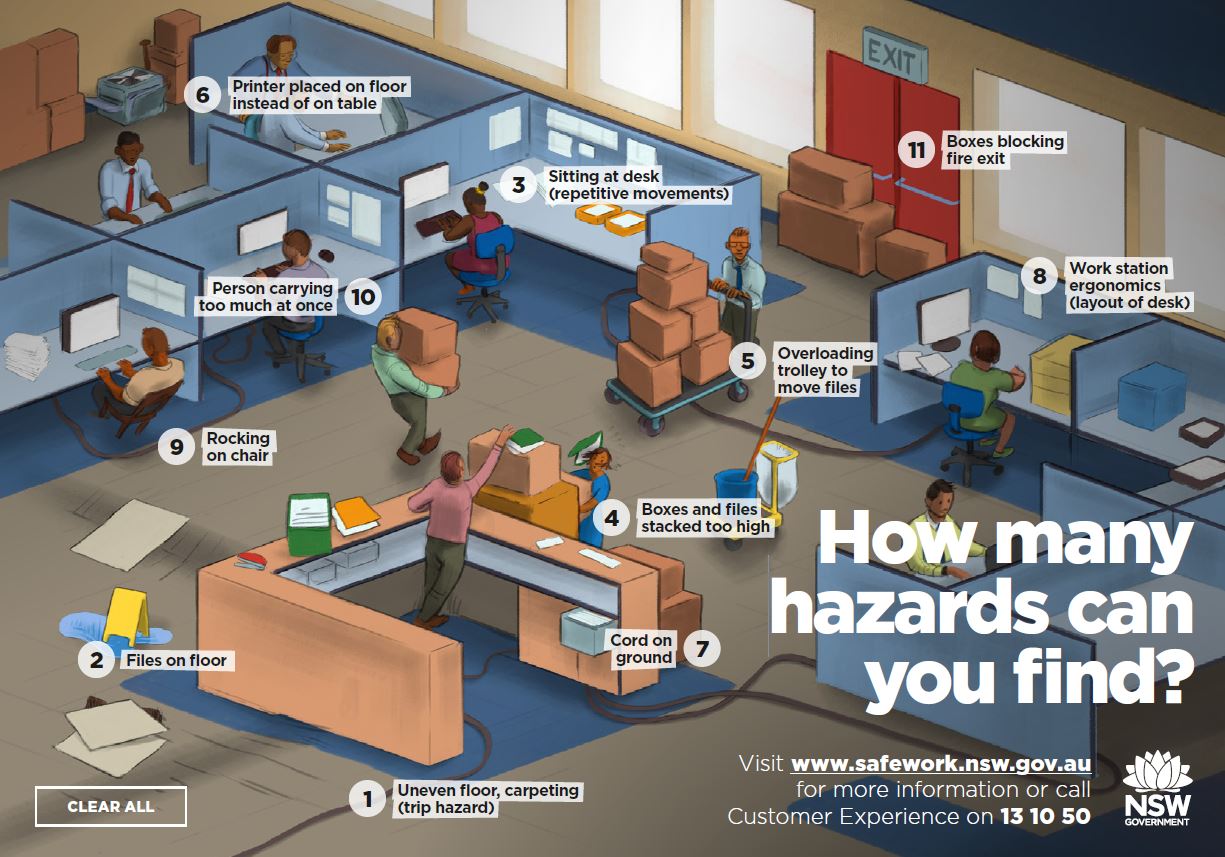
The dining room is often the heart of the home, where families gather to share meals and make memories. However, this room can also pose several hazards if not designed and maintained properly. From sharp objects to slippery floors, it's important to be aware of potential dangers and take the necessary precautions to keep your dining room safe and functional.
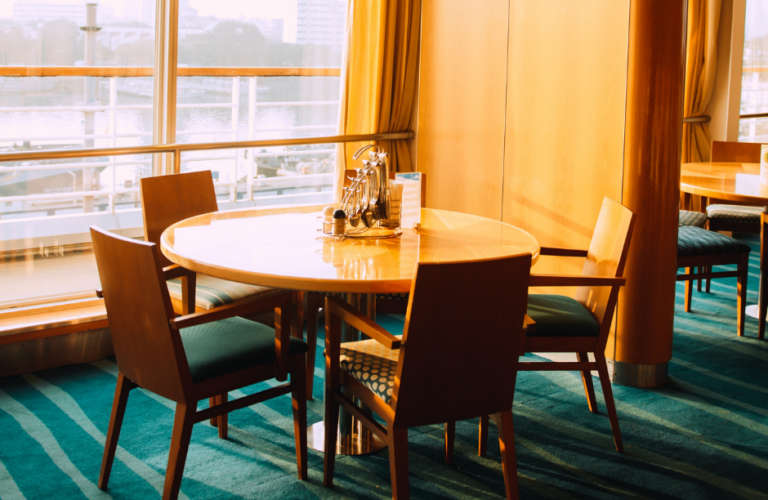
One of the main hazards in the dining room is sharp objects such as knives, forks, and other utensils. These can easily cause cuts and injuries if not handled carefully. To prevent accidents, it's important to store these items in a safe and secure place, away from the reach of children. Childproof locks can also be installed on cabinets and drawers to keep these objects out of reach.
Slippery floors are also a common hazard in the dining room, especially if spills occur. To prevent slips and falls, it's important to choose flooring materials that are slip-resistant and easy to clean. Regularly mopping up spills and using non-slip rugs or mats under the dining table can also help prevent accidents.
Another potential hazard in the dining room is overcrowding . It's important to ensure that there is enough space around the dining table for people to move around comfortably, especially if there are children or pets in the household. Overcrowding can lead to accidents, such as knocking over hot dishes or spilling drinks.
Besides physical hazards, there are also health hazards that can arise in the dining room. Poor ventilation, allergens from food, and pests can all affect the safety and cleanliness of the room. To prevent these hazards, make sure to regularly clean and maintain your dining room, including wiping down surfaces and airing out the room after meals.
In conclusion, the dining room may seem like a harmless space, but it's important to be aware of potential hazards and take the necessary precautions to keep your family and guests safe. By addressing sharp objects, slippery floors, overcrowding, and health hazards, you can ensure that your dining room remains a functional and enjoyable space for all.



